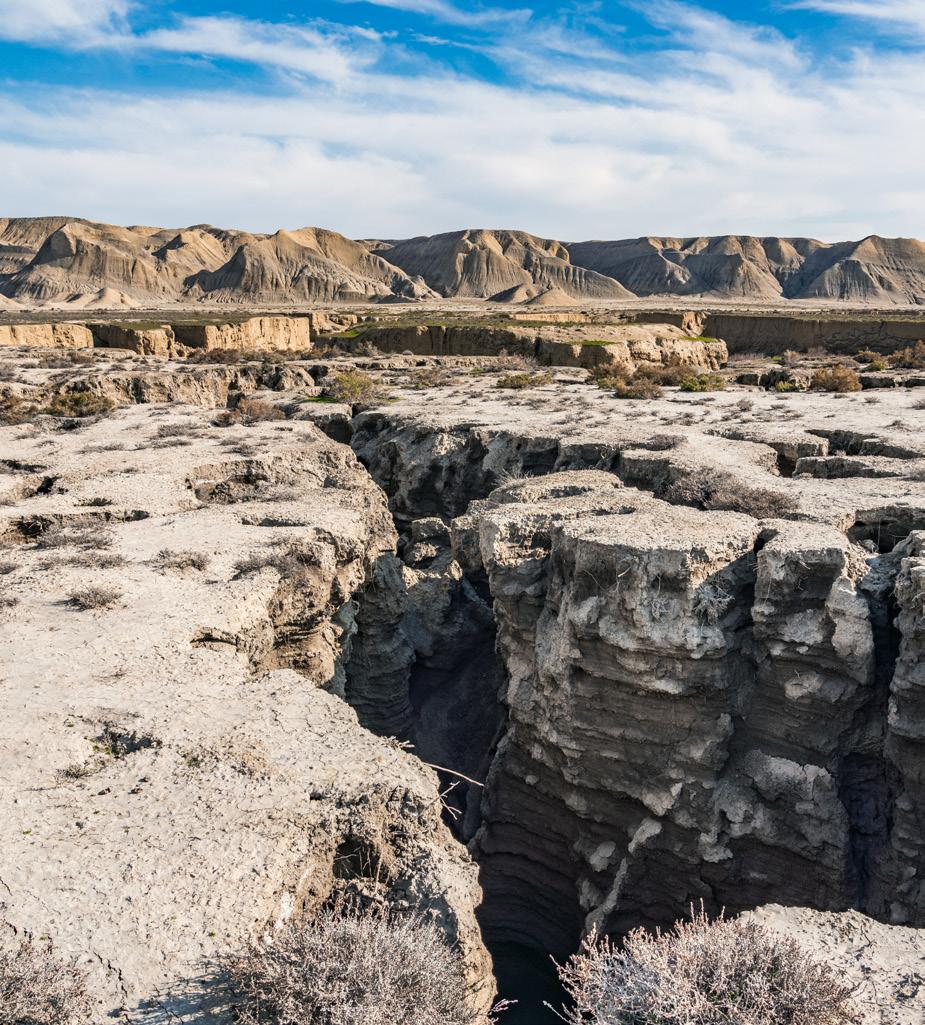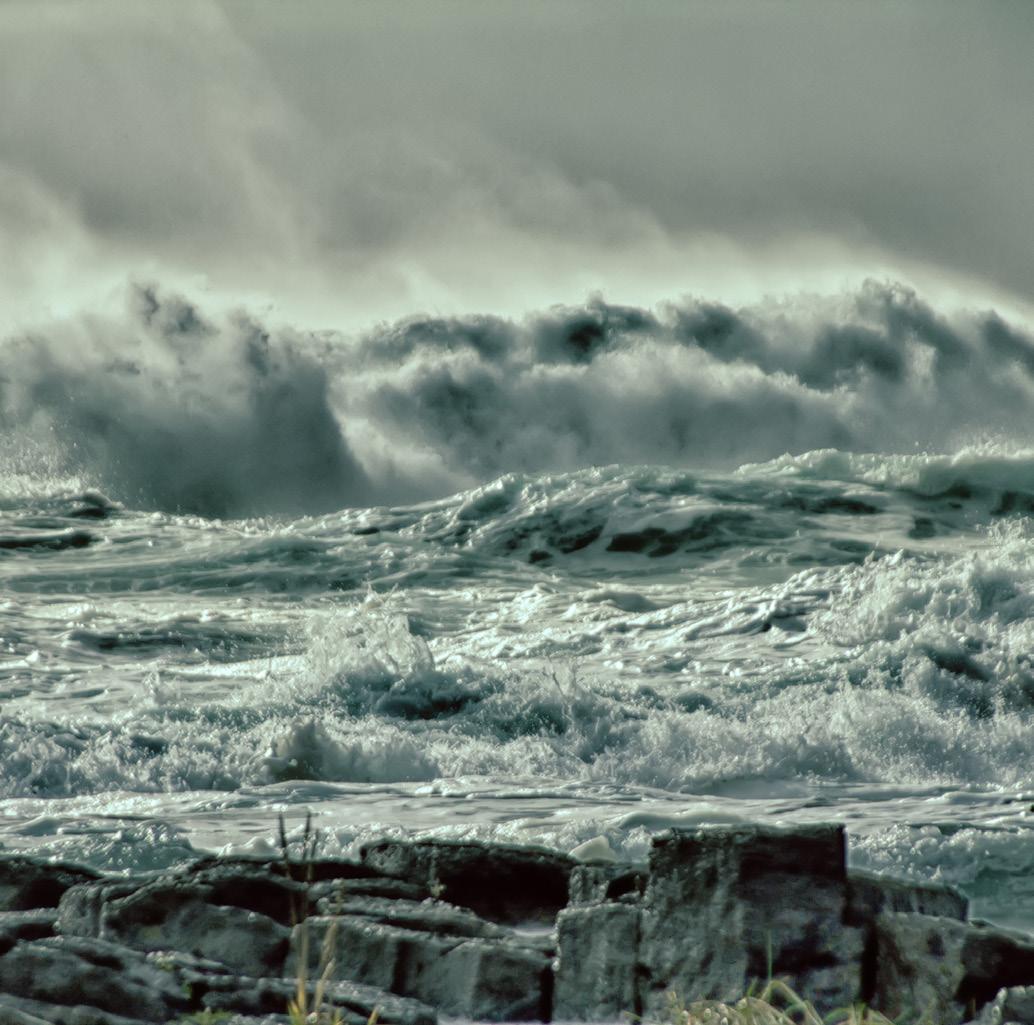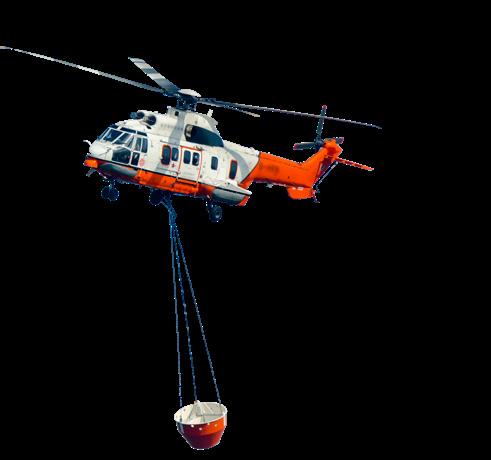











Freshwater is crucial for life, and yet thousands of people around the world don’t have access. According to the United Nations, 2.2 billion people live without access to safe drinking water – that’s almost one third of our global population!
While this number is staggering, it becomes even more alarming when you consider that a lack of drinking water causes an estimated 3.4 million deaths per year, mainly from diseases spread by contaminated water sources or poor hygiene practices. This is exacerbated in areas rife with poverty. As such, there has never been a better time for us to address this global crisis than now - a situation both governments and citizens are actively trying to tackle with initiatives such as the 2030 Agenda for Sustainable Development Goal 6: ‘Clean Water & Sanitation’.
In light of this urgent challenge, H2O Global News is shining a light on some amazing projects and those who strive to achieving Effective & Quality Access (EQA) so everyone in our world can enjoy their human right – freshwater security.
On our cover, is a fine example of someone leading the conversation, Thomas Schumann, CEO of Project Greenland & Thomas Schumann Water Security Fund®
In Thomas’ view “global stakeholders are best prepared by immediately heeding the UN experts’ Call to Action ‘to tap the Earth’s abundant unconventional water resources — such as those found deep underground or in icebergs.’”

You can find his full article on Project Greenland and Project Alaska on pages 6 and 7
We thank you all for your time in reading this edition and we hope it sparks your imagination.
Abby Davey Publisher and Co-Founder
Partners
Future Water Association Responsible Flushing Alliance


Global Water Works
SWAN

Water Mission
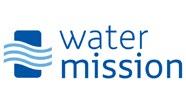
Publisher and Co-Founder
Abby Davey abby@h2oglobalnews.com
Creative Director and Co-Founder
Louise Davey louise@h2oglobalnews.com
Editorial Team
Darby Bonner darby@h2oglobalnews.com
Martyn Shuttleworth martyn@h2oglobalnews.com
Natasha Posnett natasha@h2oglobalnews.com
Advertising +44 (0)7817 105 258 marketing@h2oglobalnews.com
FOLLOW H2O ON @h2oglobalnews
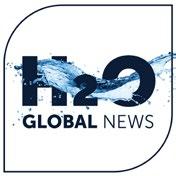
H2O Global News delivers news from around the world covering the Drinking/Potable Water, Hydropower and Wastewater industries incorporating technology, companies, legislation, the environment and case studies. The H2O Global News Magazine is published four times a year (Spring, Summer, Autumn and Winter) by Blue Manta Media Limited, Buckinghamshire, England, UK.
H2O Global News t/a Blue Manta Media Limited has used utmost care to ensure and maintain the accuracy, completeness and currency of information published on this site. We, however, take no responsibility for any errors or omission, though if notified of any we will endeavour to rectify such.

THE IVAPPS BODY KNOWN AS THE PORTAL , ACCOMMODATES BOTH THE SMART CARTRIDGES AND VALVE CARTRIDGE OFFERING A UNIQUE SUSTAINABLE SOLUTION TO FLUID SYSTEM MONITORING, SUCH AS POWER OPTIMISATION, PRESSURE MODULATION AND LEAK DETECTION.
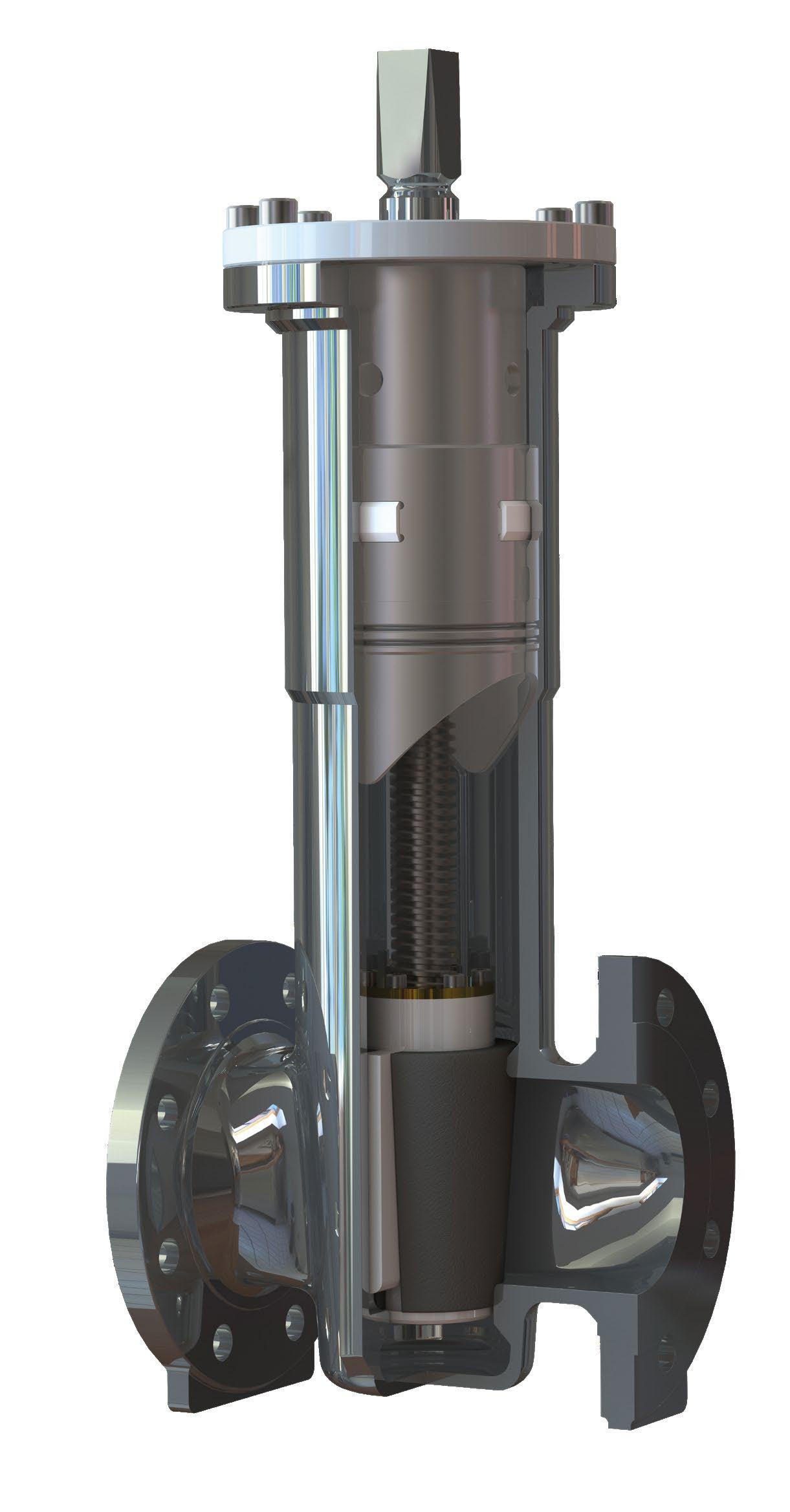
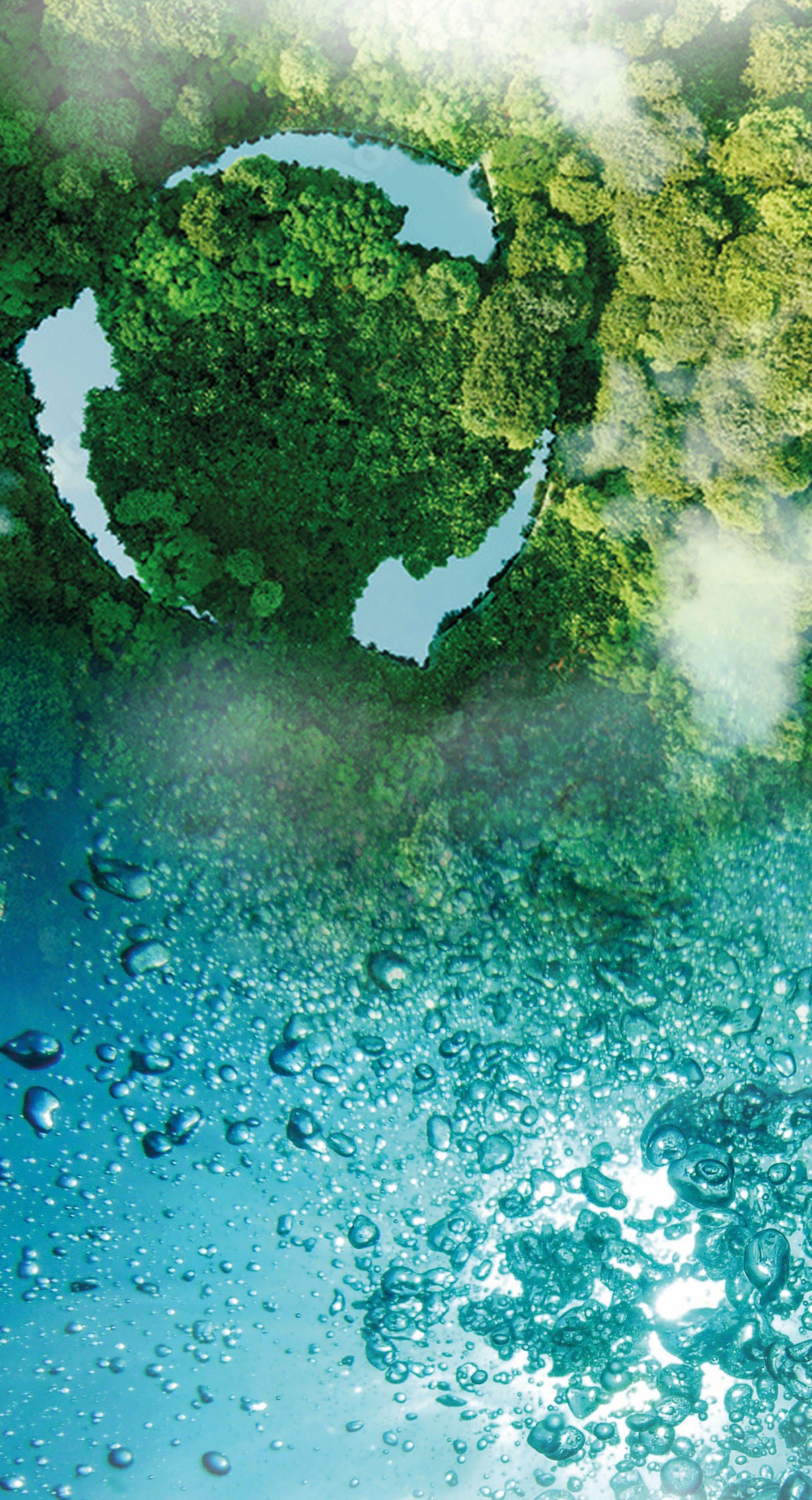
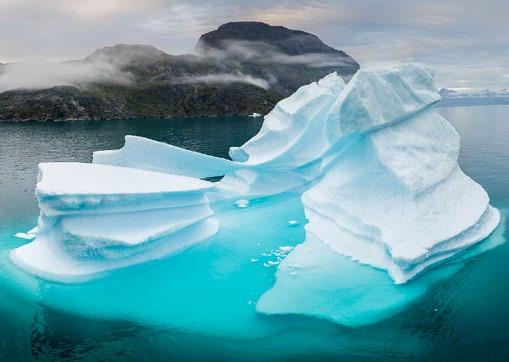
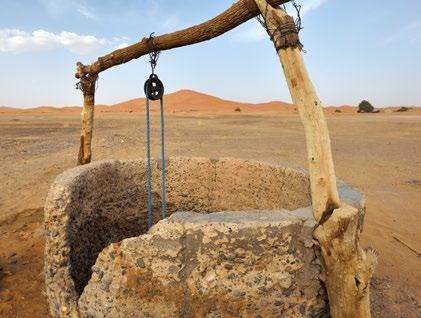


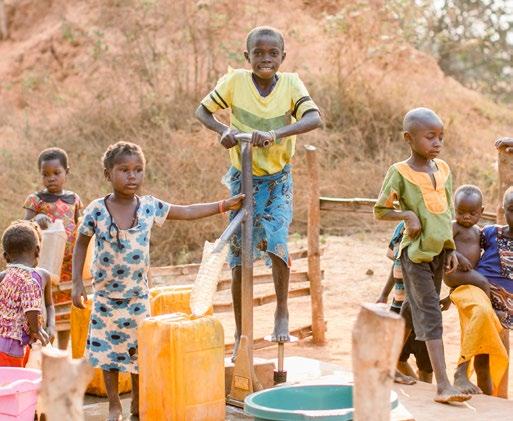
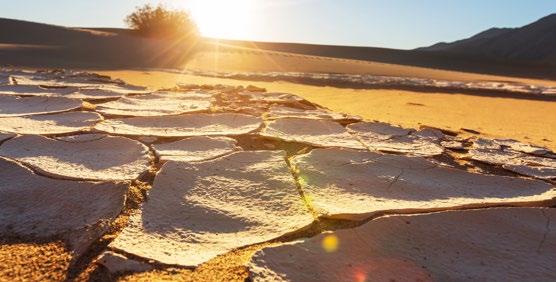
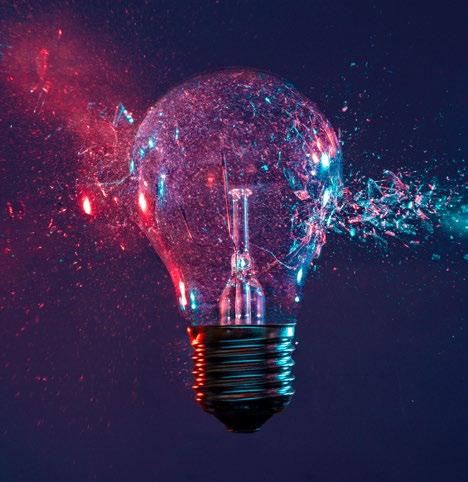
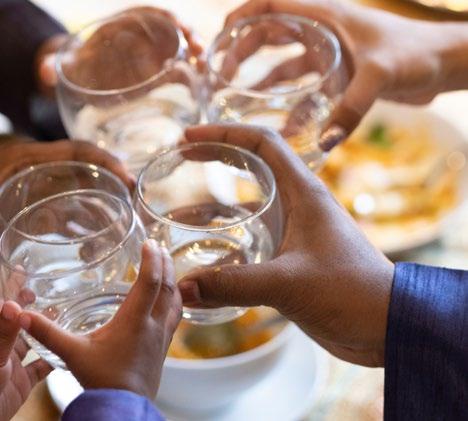



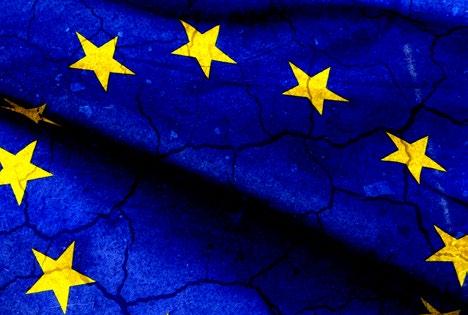
Clean water is something that many of us take for granted. We turn on the tap, fill a glass, and drink deeply. Of course, for billions of people on our blue planet, it is not so easy and fresh water is a scarce resource.
For many of us, it is easy to sit back and believe that water shortages happen somewhere else. In reality, we pollute and overexploit our freshwater resources, and water shortages are something that will affect us all. We need water for drinking and cleaning, irrigating the crops we eat, supporting industry, and countless other uses that make modern life possible. These all deplete reserves and we need to find new sources or preserve the ones we have.
Water shortages ignore international boundaries and petty political bickering. It is something we all face and we must develop solutions for everyone in the face of climate change. With insufficient water for drinking and irrigation, disease, starvation, and even conflict become more likely.
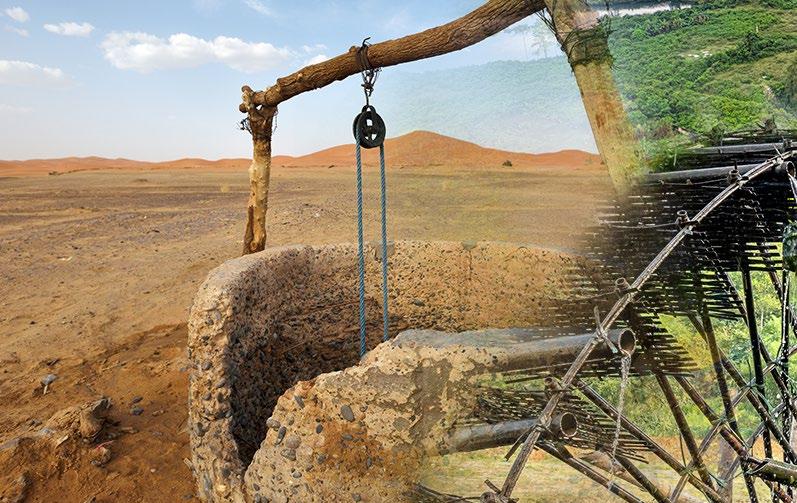
Countering this needs action throughout water cycle, increasing the amount of water available, purifying it, and reusing water as much as possible. All of these can improve access to water, but this requires shaking off the political indifference that downplayed the significance of water for far too long.
Rectifying this needs a mixture of robust policies, enforcement, and new technologies that help to recycle and reuse water, and making sure that drinking water is safe and clean. These policies and innovations can increase the availability and quality of water for everyone, helping us conserve what we have.
In Greenland and Alaska, using glaciers as a source of freshwater, long discussed as a concept, is now becoming a reality thanks to Thomas Schumann and Project Greenland. In the US, beset by notorious scandals caused by lead water piping, the government, EPA, and water suppliers are trying to tackle the issue with a complete replacement program.
Moving to Europe, aware of problems with droughts and water scarcity in many regions, the EU is bringing in policies covering water reuse to provide clean, safe water for agriculture. The region is also trying to address water wastage from leaking pipes and improve water quality for everyone.
These new technologies and policies give some grounds for optimism about a future with plentiful, clean water. While we undoubtedly face a global water crisis, we can gradually secure this precious resource for the future and grant everyone access to clean water. Maybe, these new policies and technologies really can tackle water complacency.
Water is a precious resource that has the power to bring life to communities. Access to clean and safe water is essential for daily living, agriculture, and economic growth. However, according to the United Nations, almost half of the global population will face water stress/scarcity by 2030.
Travelling has been a passion from a young age, and I have been fortunate enough to travel to 5 out of 7 continents on our wonderful planet. However, many of these countries do not have access to clean and safe drinking water, and I have seen that this is most common in low-economic countries. These countries typically do not know how to access groundwater or water springs due to a lack of resources and education, or their traditional water sources (rivers and lakes) are often contaminated or insufficient to meet the needs of their population. By reusing and recycling water, as well as utilising desalination techniques, new sources of water can be tapped into. Not only does this increase the availability of drinking water but it also reduces the dependence on limited natural resources.
Moreover, these innovative solutions help in addressing the problem of water scarcity. Many low-economic countries face severe water scarcity due to climate change, urbanisation, and population
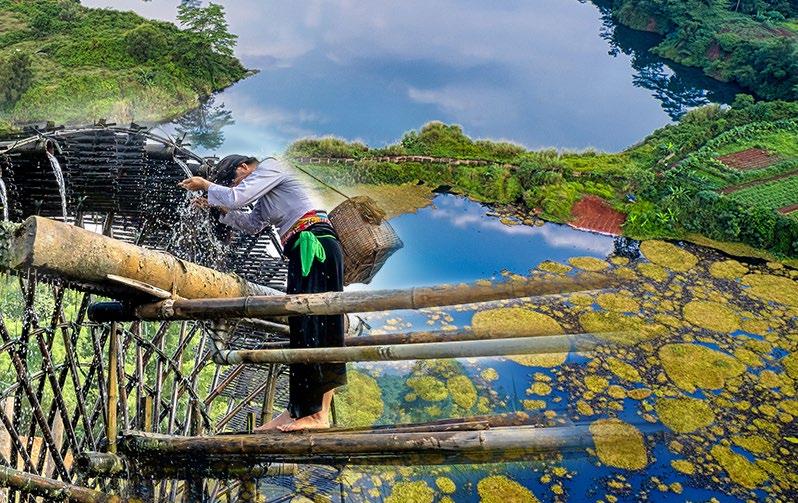
growth. Reusing and recycling water allow maximum utilisation of available resources, reducing wastage and ensuring that every drop counts! On the other hand, desalination techniques enable converting seawater into freshwater, which can be a game-changer for coastal communities that lack access to clean drinking water. As we know, Earth is 71% water, but only 2.5% is freshwater, and only 1.2% can be used for drinking water. By desalinating seawater and using it for domestic or industrial purposes, we can increase the availability of water resources. For example, countries that have thousands of islands like Indonesia, would greatly benefit from converting seawater into potable drinking water as they are surrounded by the ocean.
By adopting innovative solutions in reuse, recycling, and desalination, such countries can reduce their reliance on expensive imports of drinking water, costly infrastructure projects, and the dependency on bottled water, which contributes to plastic pollution; plastics break down into microplastics which contaminate waters, ending up in the food chain. Instead, communities can invest in locally-driven solutions that not only improve access to water but also empower communities and stimulate economic growth.
It’s time we realise the power of water and take the necessary measures to preserve it!
Around the world, water shortages are causing droughts, health problems, and even conflicts. Demand for freshwater will outstrip supply by 2030, fuelled by population growth, industry, climate change, and poor groundwater management. Natural aquifers are emptying rapidly and freshwater is now a precious resource.
While we conserve and recycle water to eke out resources, unlocking new freshwater reserves could alleviate the problem. Experienced water industry investor, Thomas Schumann, believes that arctic glaciers could provide the renewable water we need.

Freshwater stocks are threatened and, with the global population predicted to hit 10 billion by 2050, we must stretch resources even further. Another issue is urbanization: 70% of people will live in cities by 2050, and Thomas notes, “There simply isn’t enough freshwater in these regions to support the demands for drinking, residential, industrial, commercial, agricultural use, and energy production.”
We cannot ignore climate change, because 2.4 billion people live in water-stressed areas. This will increase to at least 2.7 billion by 2030 and global freshwater
demand will outstrip supply by 40% in 2030.”
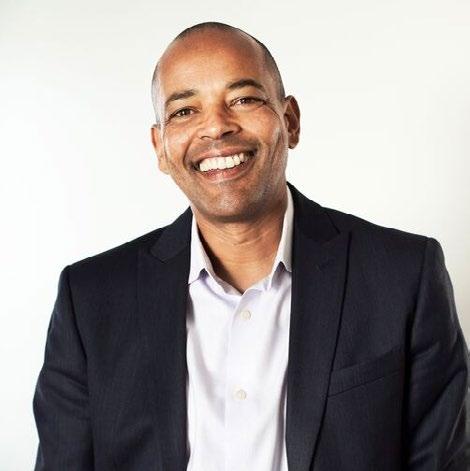
The cost in human lives from disease, conflict over dwindling resources, and forced migration is immeasurable. The aquifers that served humanity for millennia are emptying and cannot replenish quickly enough. In Thomas’ view “global stakeholders are best prepared by immediately heeding the UN experts’ Call to Action ‘to tap the Earth’s abundant unconventional water resources — such as those found deep underground or in icebergs.’”
For many years, scientists suggested floating icebergs from arctic regions to drought-stricken areas, but these ideas met technical issues or financial constraints. With newer technology and with water shortages more acute, the landscape has changed. Now, Thomas is bringing this idea to reality with Project Greenland and Project Alaska, capturing pristine melting freshwater from glaciers and transporting it south.
Greenland’s icecap holds 10% of the world’s freshwater, offering abundant ancient water free from modern pollutants. In 2017, Greenland’s government published a strategy for extracting glacial meltwater to supply overpopulated urban areas with depleted freshwater resources.
This new source of freshwater could support humanitarian relief, which already transports water by tanker. The water could benefit commerce and industry, and removing the meltwater on a large scale could mitigate rising seas. In 2019, 530 trillion litres melted into the sea, making Greenland’s icecap the major contributor to sea level rises.
In principle we already have the technology, but is it economically, environmentally, and politically feasible?
Thomas believes that the market conditions are ready for Project Greenland and Project Alaska. The estimated global freshwater market will climb from $843 Billion in 2022 to $1,142 Billion in 2030, making the trade in glacial water viable. This is Thomas’ speciality, “I am a socially and environmentally responsible investor, entrepreneur, and banker with a single-minded focus and investment solutions to accelerate SDG 6 ‘Water Security.’ I also created the world’s first equity index family to qualify and quantify water risk for global capital markets, and I am convinced that freshwater harvesting and transfer represent the single largest impact investment opportunity of our times.”
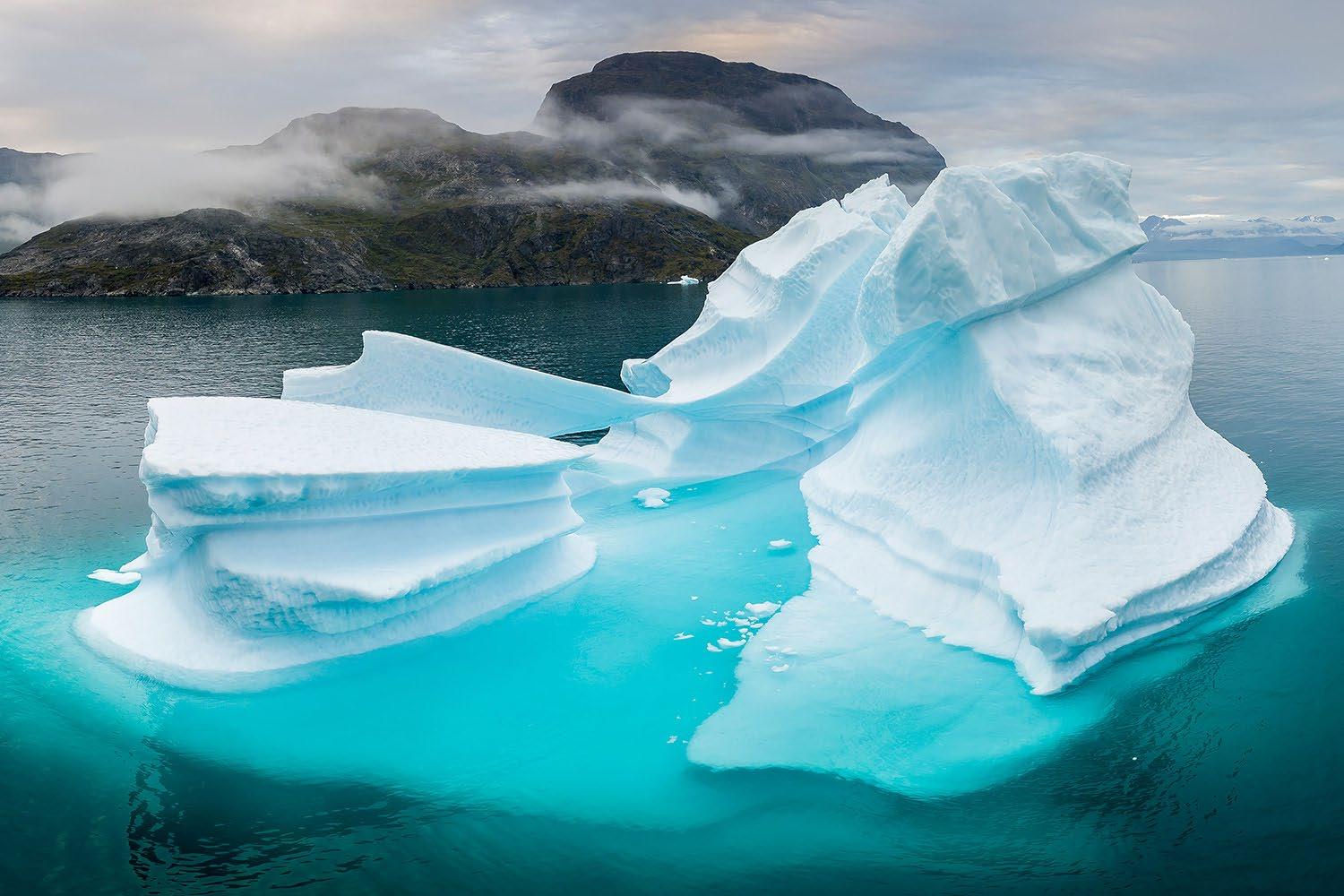
Competition for freshwater is downstream, where suppliers fight over existing water resources, so adding water upstream will expand the market and meet growing demand. Although desalination can help, it requires energy and large initial investments, making it viable only in arid regions.
Harvesting glacial water is a lower-technology, maturing solution that is sustainable because it uses water that would otherwise reach the oceans and contribute to sea level rise. There are some concerns because, as Thomas points out, “the greenhouse gas emissions from transporting any goods, including bulk freshwater, by sea require the global shipping industry to pivot to sustainable, low to no-carbon transportation such as wind and solar.”
However, the water requires very little treatment, producing fewer emissions, and the shipping industry is working towards net zero.
Indeed, for comparison, what is the contribution of building huge dams or long pipelines?
Furthermore, for Greenland, Alaska, and other areas, glacial water harvesting can provide economic independence. Many of these areas produce hydrocarbons and will need alternative income as humanity weans itself off fossil fuels.
Glacial water harvesting is already underway, with programs such as Greenland’s Inland Ice Water and Icelandic Glacial Water showing the investment potential. Project Greenland will supply Europe and the Middle East, while Project Alaska will supply Asia and the Americas with a combined available supply of more than 150 trillion litres of fresh, clean water in the next 20 years.
Glacier water harvesting is sustainable, could balance global water demand, and with little treatment needed, is perfect for less developed regions. With the potential to alleviate water stress for millions of people, the two projects reveal an exciting future.
Imagine low-emission tankers, each transporting a minimum of 40,000,000 - 50,000,000 litres of water to corporates, municipalities, and drought-stricken regions. Thomas believes that “While reducing, recycling, and reusing freshwater remains the single most important and effective stewardship, these projects will advance the UN’s goals for sustainability.”
projectgreenland.com
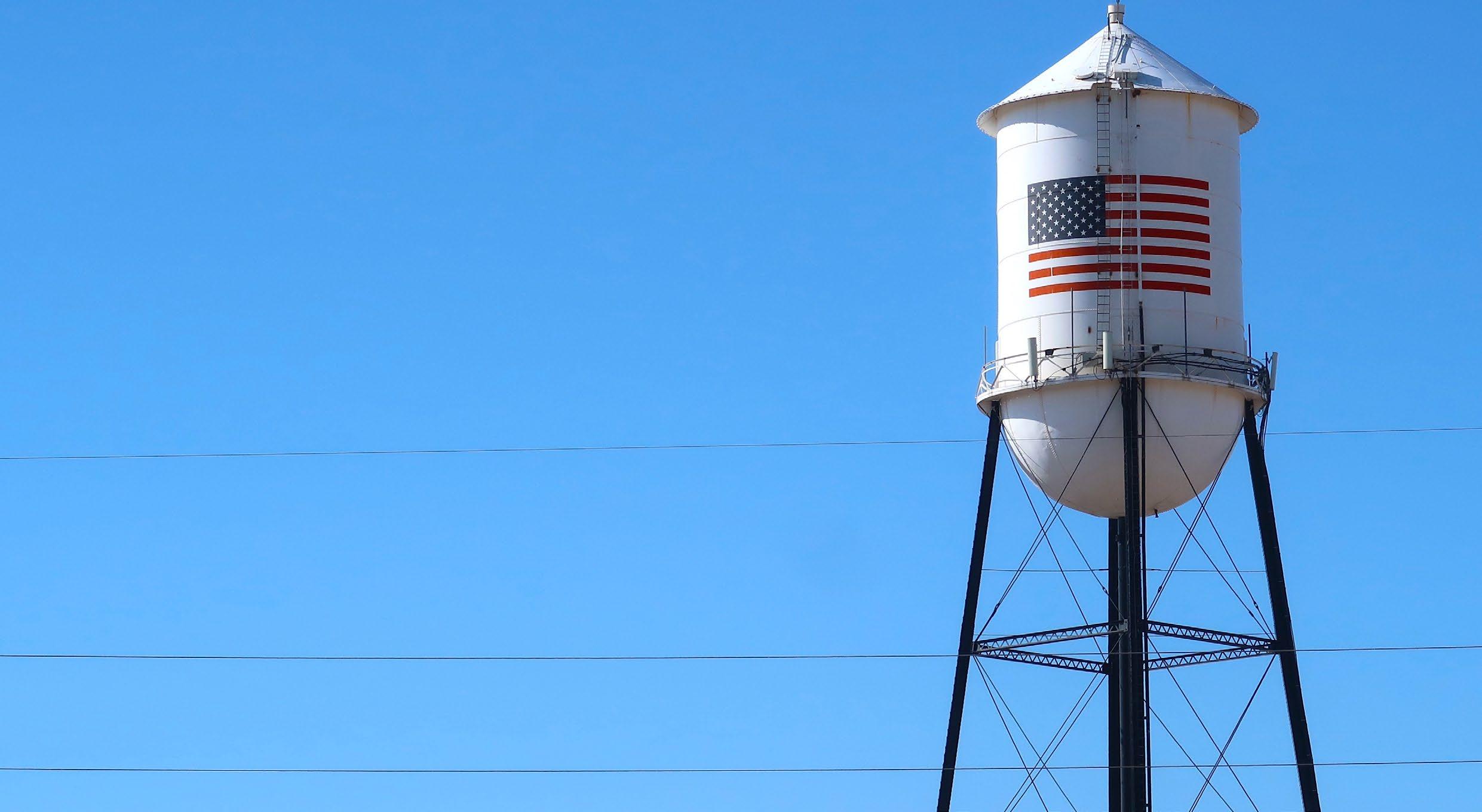 Written By | MARTYN SHUTTLEWORTH
Written By | MARTYN SHUTTLEWORTH
In the public perception, the US water industry has not always fared well in recent years. Flint, Jackson, and other scandals dominated headlines, causing a spate of health problems, lawsuits, and even Hollywood blockbusters. Water quality is crucial and Americans want to know their drinking water is free from contaminants.
In the US, one pressing water quality issue is lead pipelines that potentially leach the toxic metal into drinking water. Especially in the young, exposure to lead can damage the nervous system and cause developmental problems. Understanding the severity of this insidious pollutant, the authorities are finally taking action.
Until 1986, the US water system often used lead pipes because they are easy to fit and resistant to pinhole leaks, while many brass fittings used in plumbing contained lead solder. The scale of the problem means an estimated 10 million customers using lead service lines, including 400,000 schools and childcare centres.
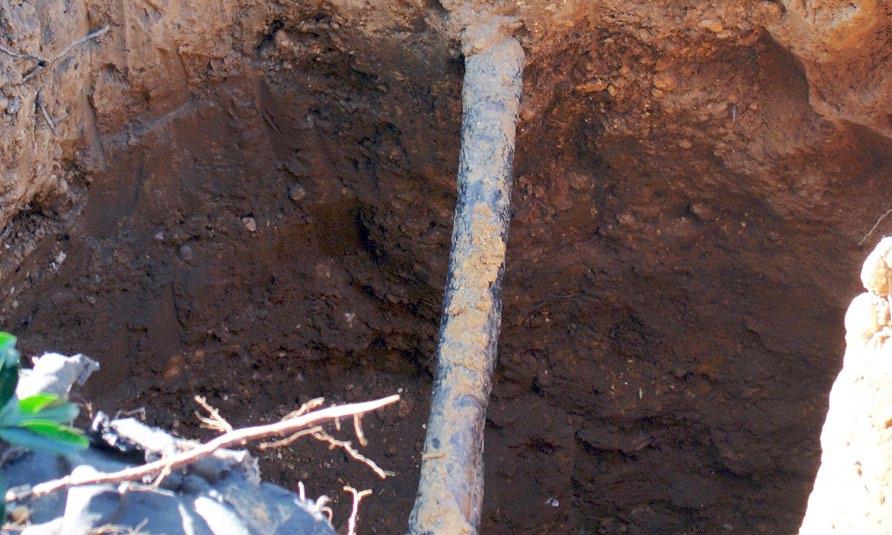
Lead pipes usually develop a protective mineral plaque on the inside wall, forming a barrier that reduces contact between lead and water. Unfortunately, any changes to water chemistry can corrode these plaques and expose bare metal. For example, in 2002, Washington D.C. stopped using chlorine to treat
drinking water and switched to chloramine. This chemical is considered safer, but it corroded the plaques and lead entered the drinking water supply.
In the same way, during the notorious Flint incident, the city did not chemically analyse its new water source and lead leached into water supplies. The incident affected thousands of homes and caused numerous health problems. In response, the US government is strengthening the role of the EPA and assigning billions of dollars to replacing lead pipelines.
The Environmental Protection Agency (EPA) is guided by regulations including the Safe Drinking Water Act, which includes provisions for reducing lead. In 2018, the EPA declared drinking water a priority for 20202023 cycle and this will continue with the National Enforcement and Compliance Initiative (NECI) for 2024-2027.
Lead is a major part of these cycles and the EPA will aggressively enforce standards and pursue violations. The EPA has increased the number of SDWA inspectors and even issued eleven emergency orders last year under Section 1431 of the SDWA, using federal powers that require immediate action.
Another piece of legislation, the Lead and Copper Rule (LCR), sets the permitted levels of lead in drinking water and recommends actions. The EPA issued revisions in 2021 and later amended these to better protect communities. The improvements cover lead service line replacement and tap water sampling, and ensure that water providers submit lead pipe inventories by October 2024. Alongside these improved regulations, the US is focusing on pipe replacement.
In 2021, the US government announced a $15 billion plan to replace all the country’s lead pipes over the next ten years. The plan influenced the EPA’s focus on lead piping and assigned grants to state and local governments to replace lead pipes and create lead service line inventories. Naturally, there are a number of issues to overcome. Most lead pipes were laid down years ago with few records or maps, making it difficult

help communities understand the importance of replacing lead piping and implement programs. For example, the EPA is helping water providers digitise records, locate lead service lines, and create accessible tools. They also encourage technologies such ground-
to identify pipes without extensive testing and inspection at the point of use.
In addition, cutting and replacing pipes can actually release lead into the system, elevating levels for up to six months even if they are flushed afterwards. Unfortunately, many utilities cut service lines where they cross to private ownership unless customers contribute to the costs, a practice criticised by the American Water Works Association
A number of technologies and outreach initiatives will
penetrating radar, field hardware/software, GIS, data collection, predictive modelling, and even machine learning to highlight locations served by lead pipes.
In Toledo, a $200,000 EPA grant will help the city use machine learning technology to analyse historical data to target replacements and determine where people need filtration. Community action is also important and the EPA’s Lead Service Line Accelerators Initiative will help underserved communities in some states access safe water. Programs will guide communities through the entire process of replacing lead service lines and gaining access to funding.
In a similar way, the Environmental Policy Information Center (EPIC) is building networks of technology providers and resources. These will help communities identify and replace lead pipes, working with partners to digitise paper records and improve the data. Other support includes asset management, mapping, field tools, and predictive modelling.
In 1974, the US Safe Drinking Water Act promised everyone access to clean drinking water. Lead in water is a huge threat to health, so enhanced regulations, pipe replacement, and new technologies could improve water quality for millions of Americans. Just as importantly, finally tackling lead piping could rebuild trust, especially among low income consumers and other communities
Lead Service Replacement Notice: IntangibleArts, CC BY 2.0 <https:// creativecommons.org/licenses/by/2.0>, via Wikimedia Commons
WASA Lead Service Main: IntangibleArts, CC BY 2.0 <https://creativecommons. org/licenses/by/2.0>, via Wikimedia Commons
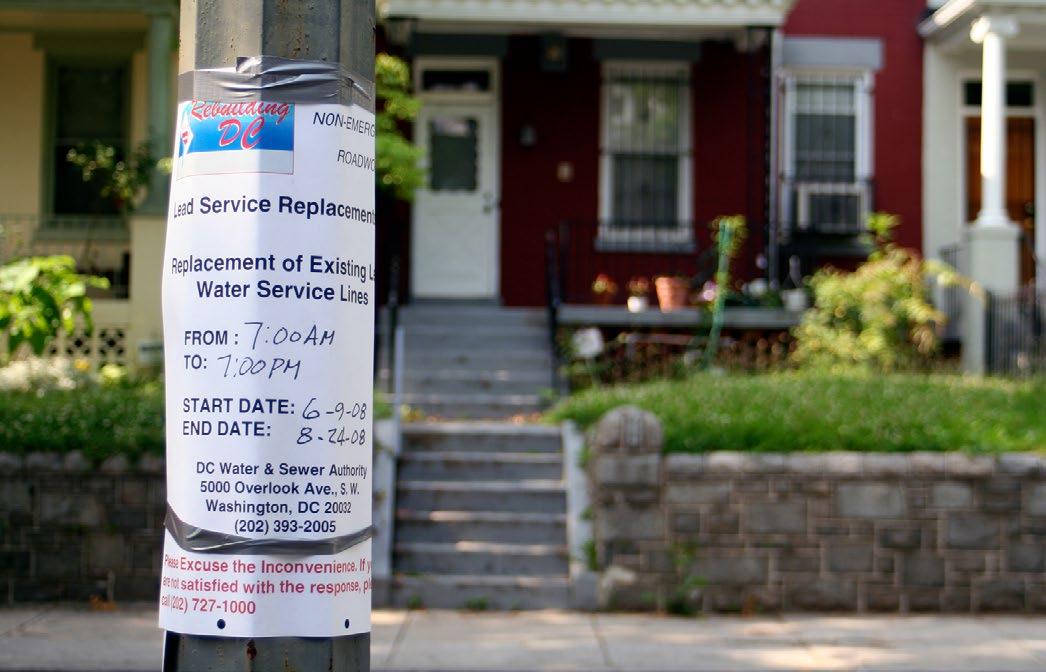
In Africa, unreliable water sources for drinking and sanitation purposes put millions of people at risk each day.
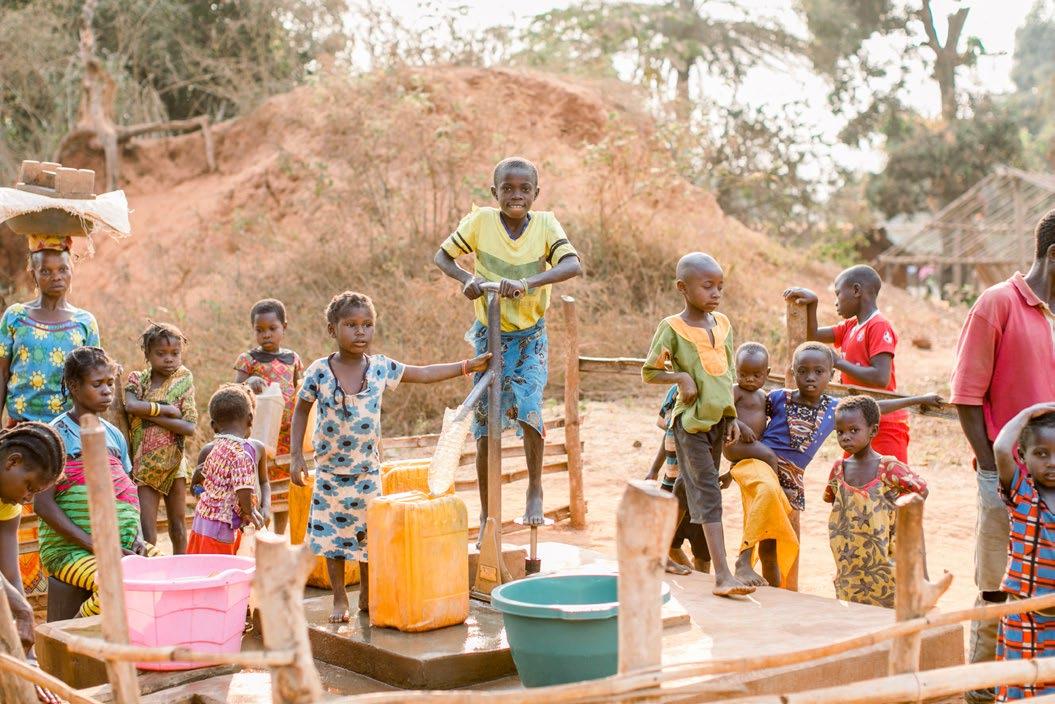

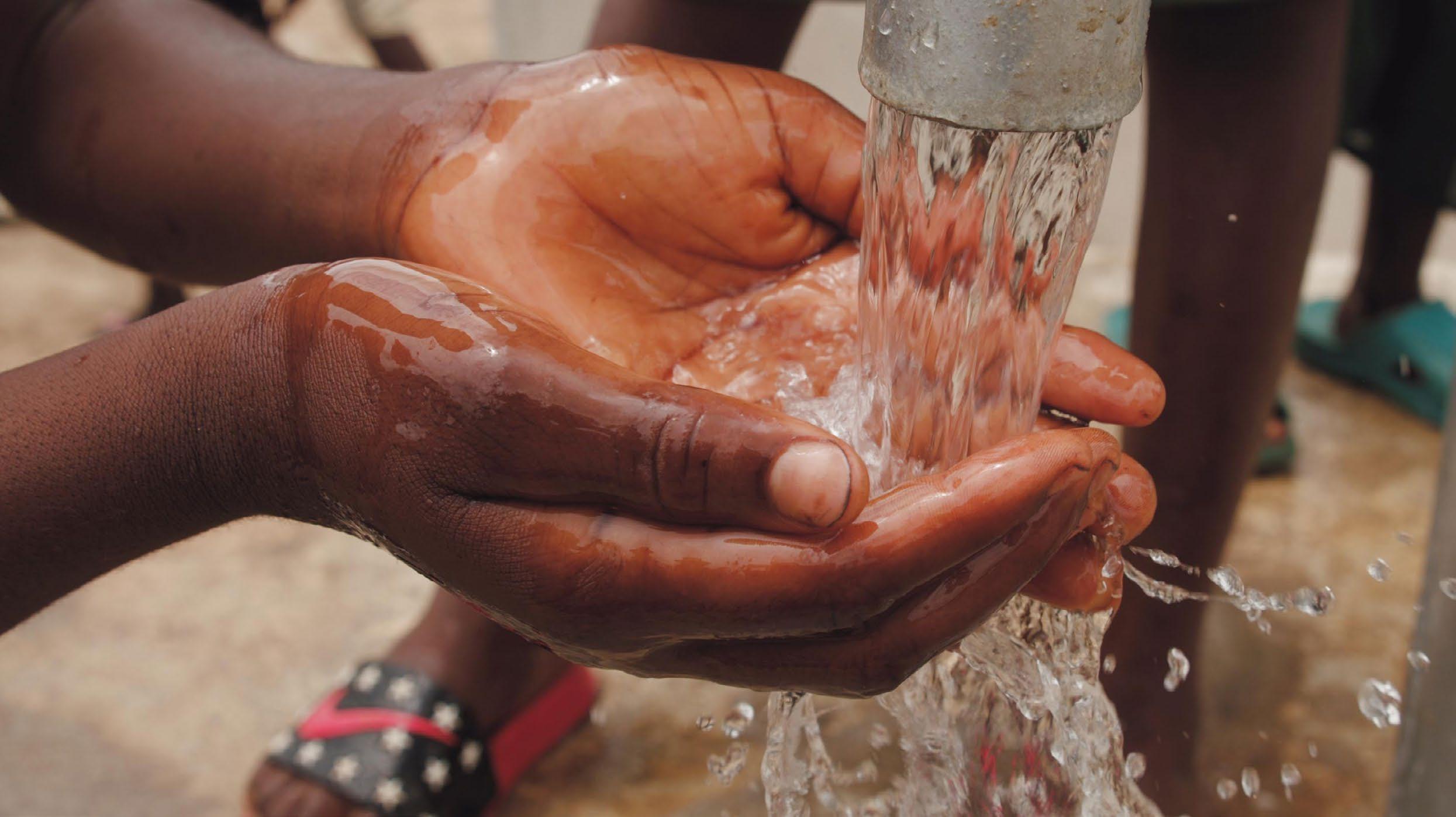
What's more concerning is that rapid population growth and climate change exacerbate this problem, leading us to look for innovative solutions. Therefore, affordable water treatment technology is crucial in tackling the water crisis in Africa. Due to the high cost of such technology, treating water to make it safe to drink is not an option for many people.
was spreading like wildfire in the region, and the reality of poverty and war was creating hopelessness. Therefore, Water for Good was born to provide clean water to communities in the CAR.
The need for Water for Good’s services in the CAR comes from CAR being ranked 188 of 191 on the Human Development Index (Source: UNDP 2021). It is the fifth-highest Fragile State Index score (Source: FFP
Water for Good is a non-profit organisation founded in 2004 by Jim Hocking. After growing up in the Central African Republic (CAR), Jim fostered a deep love for the country and its people. He witnessed first-hand that people's basic physical needs were unmet, AIDS
2022), it is also one of the most dangerous places to be a child (Source: UNICEF), and 70% of the CAR population does not have access to drinking water (Source: OCHA 2022).
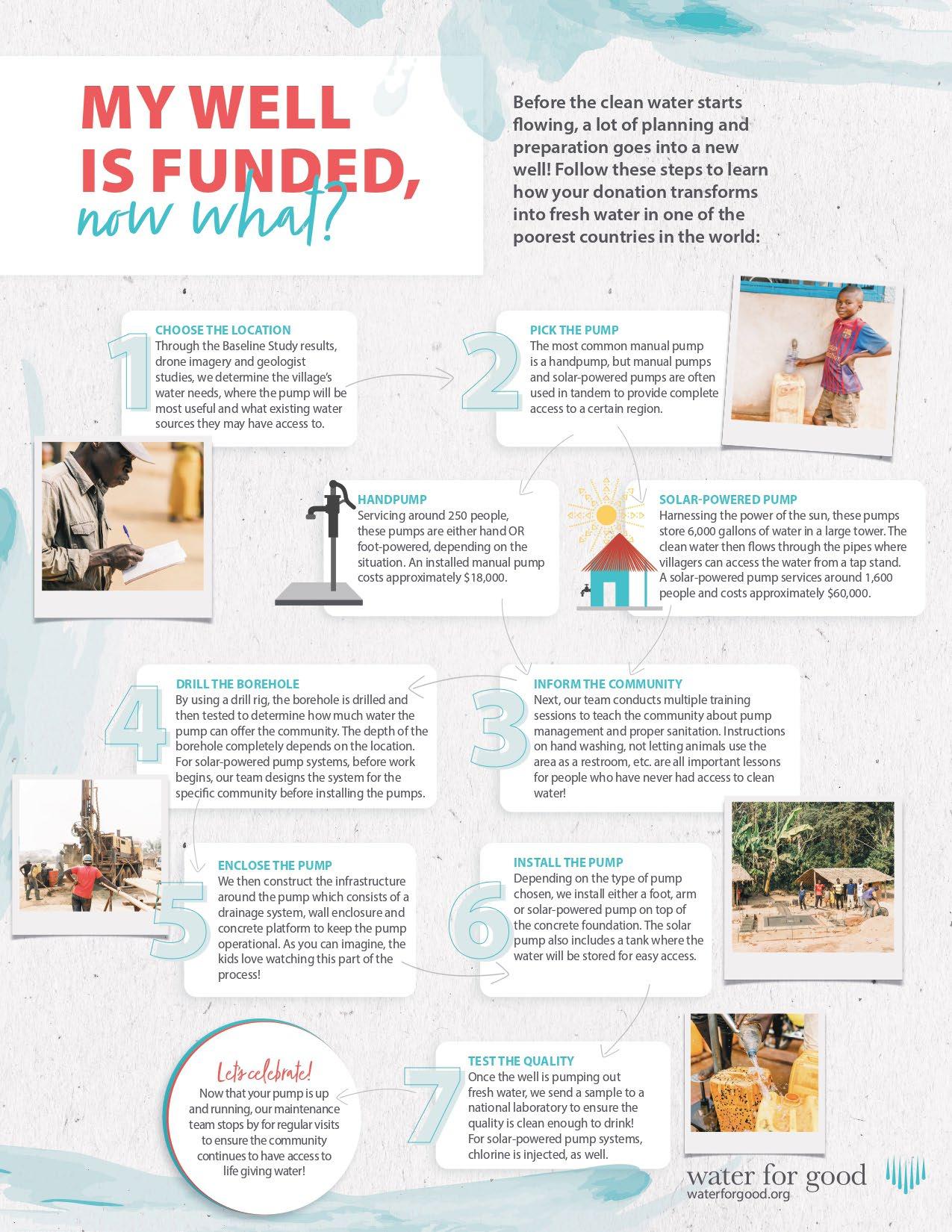
Water for Good installs two different styles of water points: handpumps and solar-powered pump systems. Handpumps are typically used in smaller villages, serving up to 500 people, while solar-powered pump systems can support larger communities (2,00 people) with corresponding tap stands.
From start to finish, the water installation process typically takes around 18 months. Several steps happen within that timeline, including a community census, drone mapping, drilling, education, and the hiring of water managers.
Since operations started, 1,100+ water points have been constructed and 2,100+ water points are receiving routine maintenance, including some pumps which were already installed in the CAR. Water for Good is not only a water drilling business, they have an established Central African lead maintenance program that performs routine maintenance services, ensuring that clean water continues to flow for good.
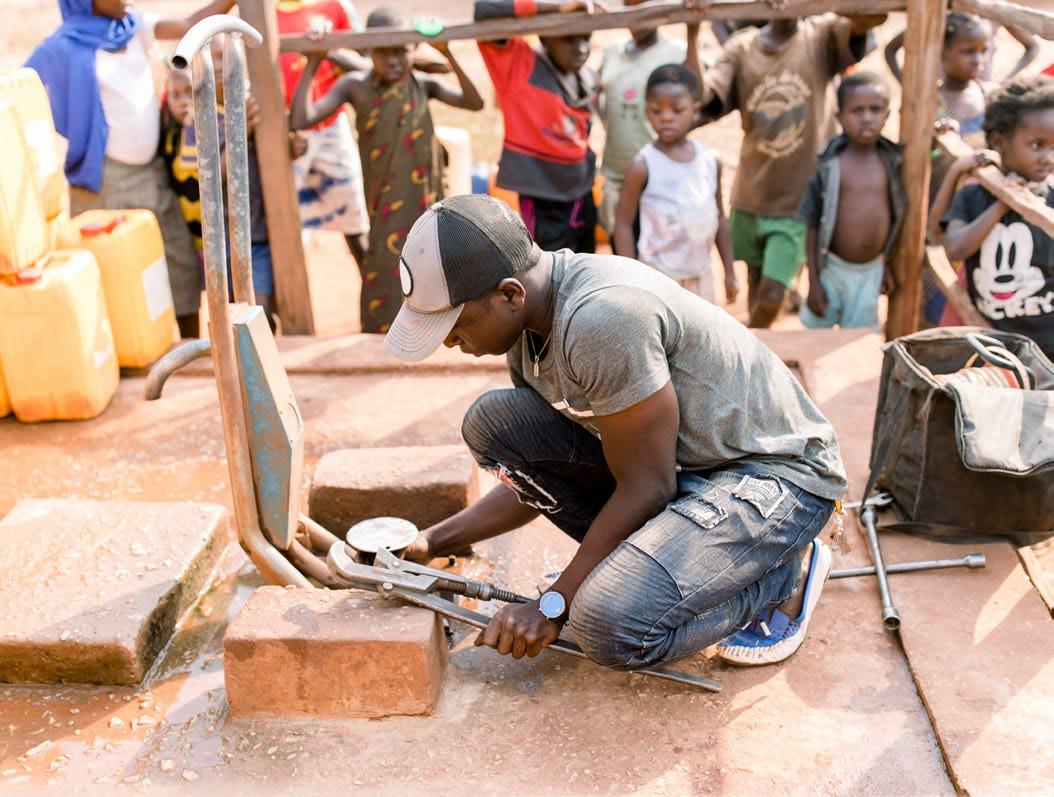
- Water for Good
Are you interested in how Water for Good chooses what system to install? Check out the flow chart to the right!
Learn more about Water for Good’s strategy plans in the CAR here!
Thank you to article contributor
 LeAnna Lavender
LeAnna Lavender
“Let’s end the water crisis in our lifetime.”

 Written By | DARBY BONNER
Written By | DARBY BONNER
British Water is a dynamic, membership organisation that provides leadership, support and best practice and addresses the challenges faced by the UK water sector through its UK, Technical and International forums, and its neutral Water Industry Forum. They have regional focus groups launching for the Middle East, Asia, the Americas, and Australia. We spoke to Tom Williams, Board member and Chair of the International Forum and Charles Shachinda, Technical Officer – International, to learn more about their role in the water sector. British Water represents the interests of UK water and wastewater supply chain companies together with wider stakeholders across the sector, connecting them to contacts to raise their profile, grow their business and promote best practice.
We asked Tom what the UK’s current outlook on innovative solutions like reuse, recycling, and desalination (desal) to quality and treatments are, and he thinks that direct potable reuse, water recycling, and desalination, and improved quality treatments are all part of the mix depending on where you are in the world. British Water members like Te Tech are moving into the International Desal business to look at partnerships in the Egyptian market. Biwater International Limited is still active in Saudi, providing large-scale water and wastewater treatment solutions. They also built the first desalination system in the world there. Another British Water member, Aqualia, has active projects from Australia to Spain via the Middle East.
In the UK, Te Tech and RSE (Ross-shire Engineering) have installed innovative new membrane solutions for Scottish Water and South West Water, combining the fantastic new ceramic membrane solutions with ion exchange. Several suppliers like IXOM and PWN Tech are also using innovative solutions like targeting DOC
(dissolved organics/dissolved organic carbon) with ion exchange.
On the cutting edge of the market, is British Water member Evove, who has successfully used graphene oxide coatings on membrane solutions to reduce fouling and improve performance. Another member, United Utilities, has built the first full-scale UV LED treatment system in Penrith Town (Cumbria, England), revolutionising disinfection.
The UK (as a whole) has water supply challenges. For example, the South East of England is the most distressed area for water supply demand versus population. While the South East of the UK is the only location with a desalination plant (at Beckton), it is currently not in use. Efficiently-run desalination plants are sustainable and highly-effective water supply options. However, desalination surface water intakes can pose a huge threat to marine life, and therefore, proper management must be implemented.
Tom believes the whole of the UK will have water quality challenges in the coming years with climate change, but this is not connected to reuse, recycling and desalination. The quality challenges are based on the following:
• Pharmaceuticals and other emerging contaminants like PFAS (which include PFOA (perfluorooctanoic acid) and PFOS (perfluorooctane sulfonic acid) in our drinking water sources.
• Nitrification and runoff in our rivers.
• Algal blooms and organics like DOC in our reservoirs.
• Changes in rainfall patterns cause floods some years and then droughts, in addition to decreasing quality as we get to the bottom of our reservoir. With climate effecting rain patterns our water quality will decrease dramatically and we will need more technology to maintain current quality levels.
The International Forum enables members and partners to meet leading players in the global water and wastewater industry. Member services include complimentary access to eleven International Business Mentors, briefings on the latest market information, virtual and in-country business development meetings
with key buyers, as well as funding for leading trade shows. They offer various virtual webinars and platforms, including Knowledge Information Transfer (KIT) Briefings, Tech Showcases, and regional groups where members can learn about markets and exporting opportunities. Learn more about British Water’s coverage here
On the 20th of July 2023, British Water launched the Middle East & Africa Regional Focus Group. The inaugural regional Middle East and Africa regional focus group will streamline engagements across the region, help increase networking opportunities, provide wider and deeper market insight, and enable British Water members with an interest in the regional market to meet potential buyers and key stakeholders. This meeting featured presentations such as:
• Egyptian Water Market & Opportunities for UK Supply Chain
Eng. Hisham Gaafar, Senior International Cooperation Specialist & Adviser to the Deputy Minister, Ministry of Housing, Utilities & Urban Communities
• South African Water Market & Opportunities for UK Supply Chain
Phillip Majeke, Commercialisation Manager, Water Research Commission - SA
Dr Manjusha Sunil, Innovations Manager, Water Research Commission - SA
• Saudi Water Market & Opportunities for UK Supply Chair
Dr Omaima Hatem, CEO of Technology Transfer for Consulting & Trading
Learn More about British Water

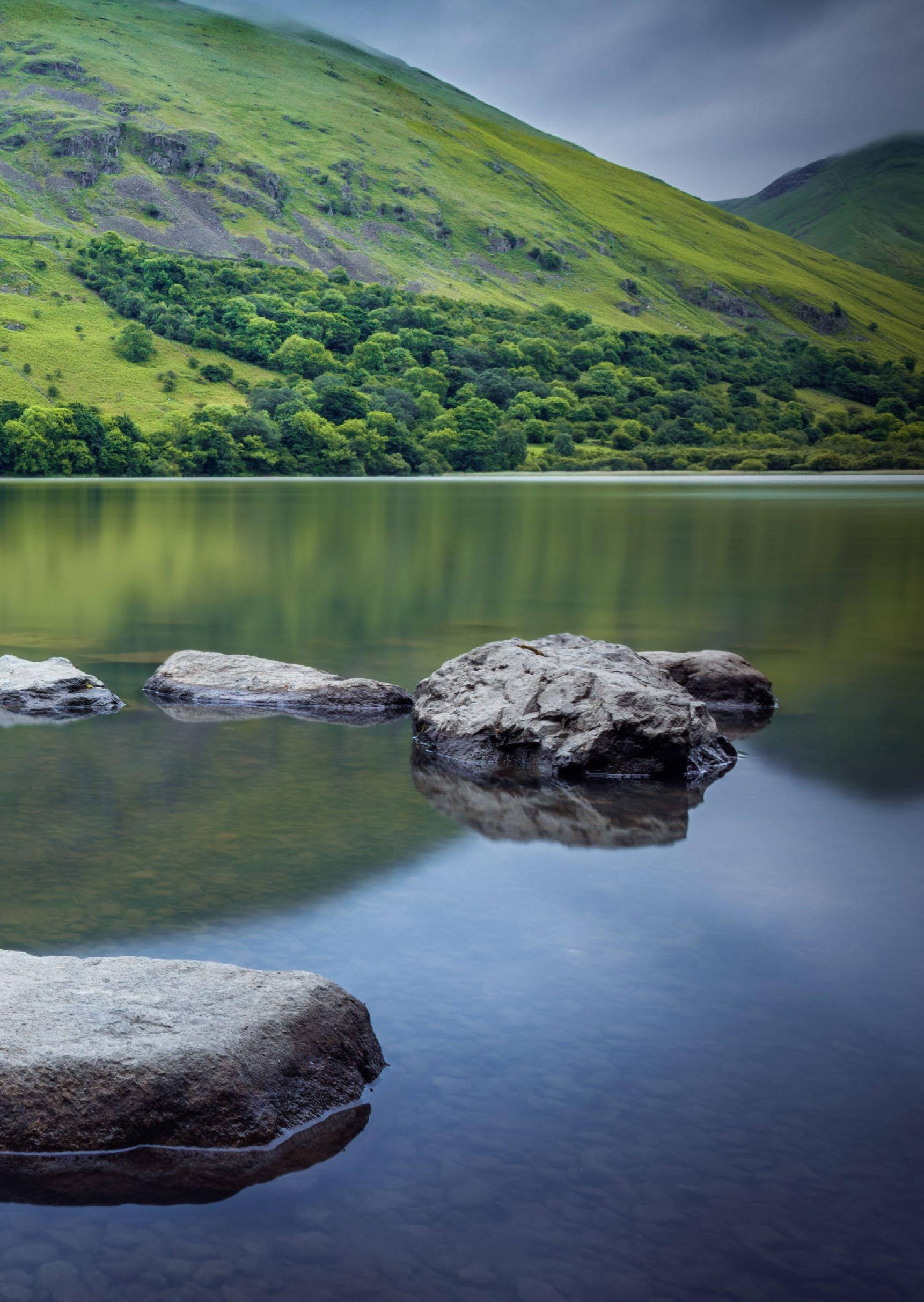
 Written By | MARTYN SHUTTLEWORTH
Written By | MARTYN SHUTTLEWORTH
Europe faces increasing water shortages as droughts become more common and water scarcity through overconsumption, pollution, and the spectre of climate change creeps across the continent. In the face of these diverse threats, the EU is attempting reforms that address water quality, recycling, and reuse to preserve water resources.
Droughts are no longer rare in Europe and many countries regularly declare measures due to water shortages, including major food producing regions. Up to 20% of land and 30% of people regularly face water scarcity and, by the 2070s, 35% of Europe’s area could be under high water stress, affecting up to 40 million people.
To address the issue, the EU has implemented a number of policies to promote water reuse and alleviate water scarcity. In 2022, the EU amended the Urban Wastewater Treatment Directive (UWWTD) that covers nitrogen, phosphorus, and micropollutants in wastewater discharge. Large waste water treatment
plants (WWPTs) and plants in areas at risk from eutrophication will need to remove at least 82.5% of total phosphorus and 80% of total nitrogen by the end of 2035.
Water treated through the UWWTD will need further treatment to meet minimum quality standards for agricultural reuse. Accordingly, the EU’s Water Reuse Regulation became active in June 2023 and limits the contaminant levels in water reused for irrigation. The WRR will reassure crop growers and consumers that water reused for crops is safe while lowering the strain on water resources without compromising food security.
Europe is a global leader in food exports, but its agricultural sector is responsible for almost half of its water consumption. The EU needs to conserve water at every stage of food production, from irrigation through to production, preparation, and packaging. While solutions such as smart irrigation are important, water saving must cover the whole lifecycle from farm to fork
In Europe, smart irrigation is recognized as a good way to preserve water resources and growers are gradually adopting the technology. As the technology matures,
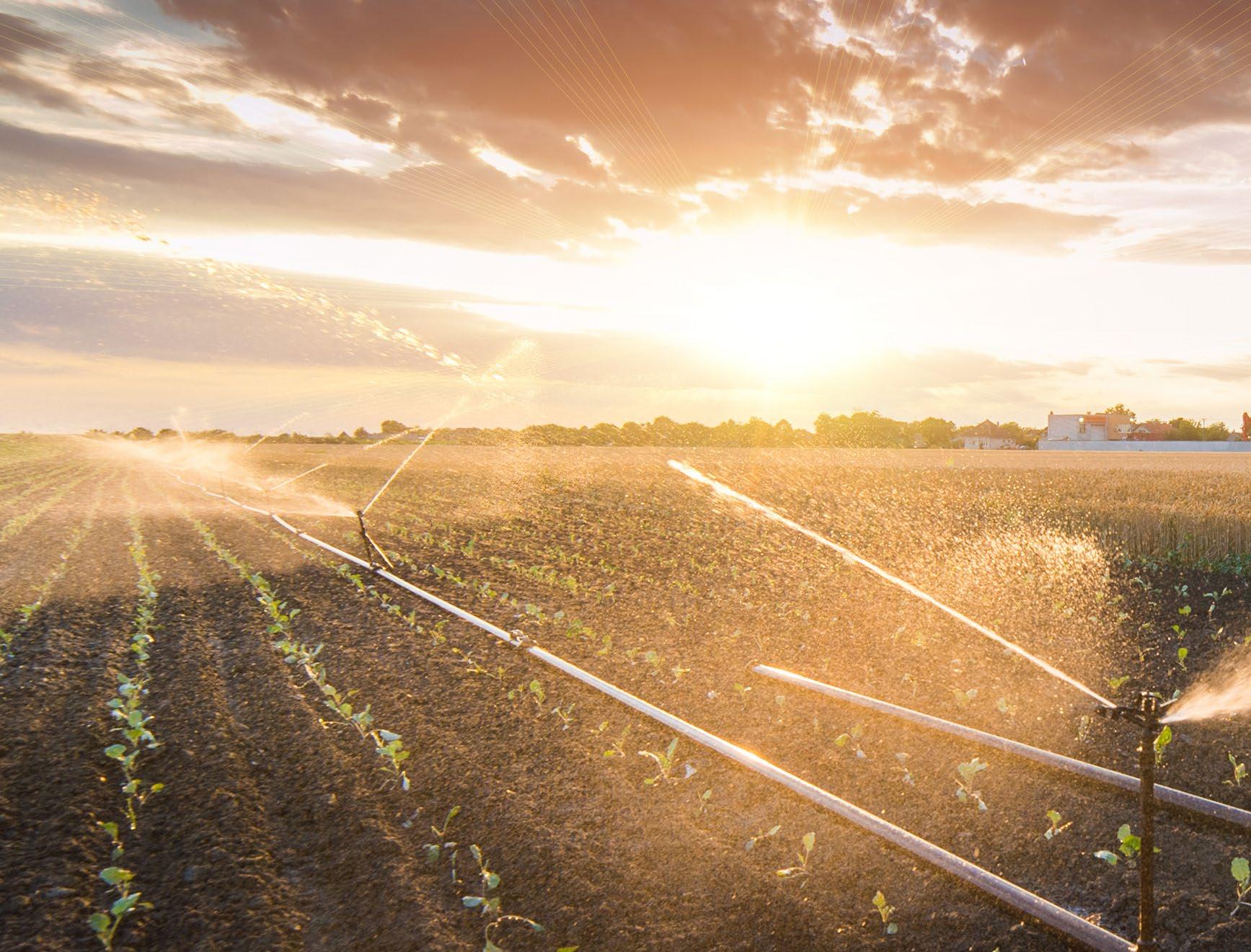
Europe will experience a CAGR of over 15% in smart irrigation over the next few years including facilities such as parks, golf courses, and sports stadiums.
In the EU, 60% of water reuse projects cover irrigation, notably in Southern Europe, and often create partnerships between WWTPs and growers. In Murcia, Spain, for example, one of the driest regions in Europe, almost all wastewater recaptured is used for farming and replenishing aquifers.
Another problem is resource management because a quarter of Europe’s drinking water is lost through pipeline leaks and, in some member states, this rises to half. Accordingly, the EU is looking at a policies and technologies to tackle the issue. For example, many leaks occur on large pipes in rural areas, so remote leak monitoring technologies could create huge water savings.
Traditional surveys are time consuming, so drone and plane surveys through technologies like the WADI project provide an alternative. WADI uses multispectral imaging and IR cameras to assess surface temperature and vegetation before analysing the data to identify potential leaks.
Educating communities about the importance of water conservation and reuse is a pillar of the EU’s strategy. One program is the European Institute of Innovation and Technology (EIT) Water Scarcity Programme to tackle water scarcity in Southern Europe through community action and education.
The program will encourage entrepreneurs and SMEs to develop new technologies and approaches for reducing water usage, encouraging reuse, improving water quality, and preparing communities for climate change. EIT will create links between experts and communities to create a water saving culture across Europe.
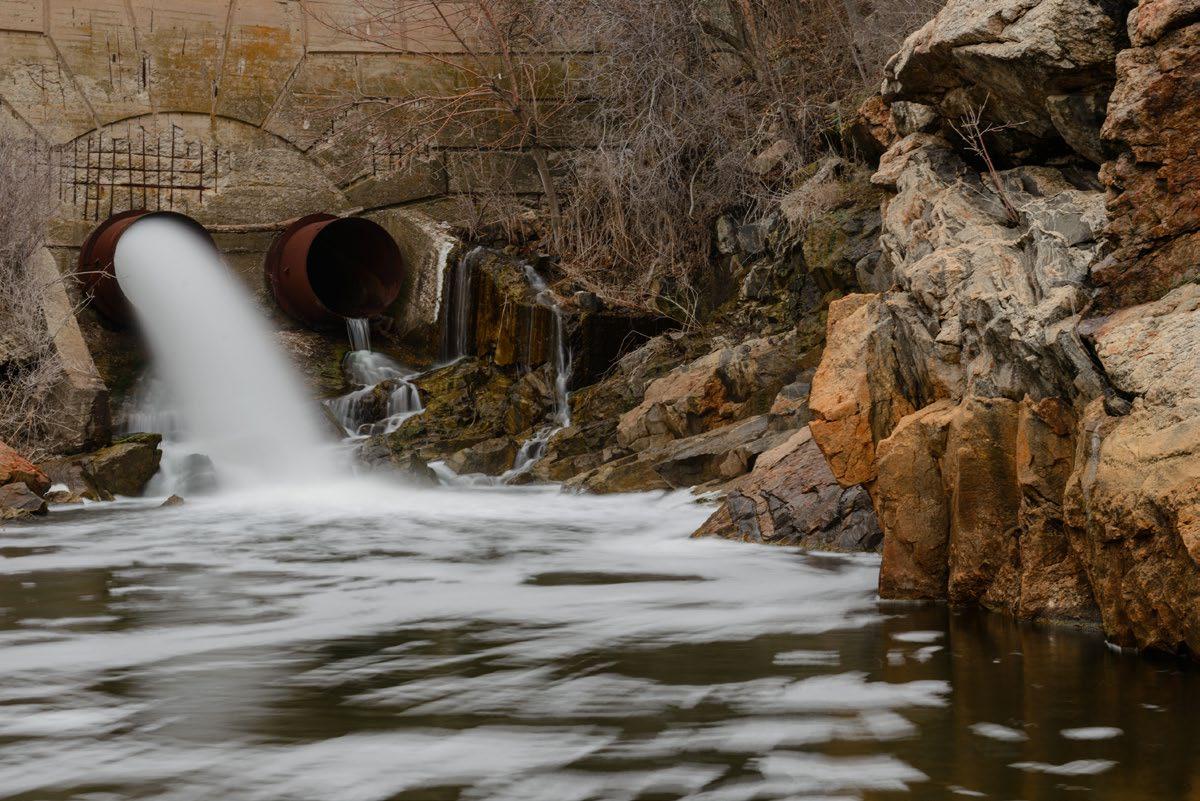
Water quality is an ongoing issue in some areas and a number of EU directives address these. The
Drinking Water Directive, in force from January 2023, sets higher standards for contaminants including endocrine disruptors and microplastics. Ideally, increasing trust in tap water will encourage individuals and businesses not to use bottled water.
The broad directive covers all sources of water, whether tap or bottles, and includes water used for products intended for human consumption. The directive also seeks to improve access to water for all Europeans and address pipe leakages. The EU includes water under its wider zero pollution vision for 2050, notably for microplastics released into the environment.
In 2000, the Water Framework Directive (WFD) intended to raise Europe’s waters to good status by 2015 and promote sustainable water management practices to promote resilience against floods and droughts. Progress has been patchy and some water bodies remain polluted or overexploited, with more funding and programs needed to preserve water resources.
The EU encourages projects to improve water monitoring quality through schemes such as Horizon Europe. For example, IBAIA will develop four sensors to detect microplastics, organic chemicals, nutrient salts, and heavy metals, alongside salinity, helping end users monitor water quality.
Overall, the EU understands the importance of addressing water scarcity and quality, especially in the face of climate change. With a number of directives, programs, and support for technology there are signs that a plan is emerging.
 Written By | DARBY BONNER
Written By | DARBY BONNER
One way Asia is tackling water scarcity is through the reuse of wastewater. By treating and reusing wastewater, countries like Singapore have been able to significantly reduce their reliance on traditional freshwater sources. Singapore's NEWater initiative, for example, treats wastewater using advanced purification technologies to produce high-quality drinking water. This innovative approach has not only helped to alleviate water shortages but also reduced the city-state's vulnerability to climate change and drought.
In India, NGOs like "Paani Foundation" have been working to revive traditional methods of rainwater harvesting. By building watershed structures from ridge to valley in villages, rainwater is slowed down, retained and detained thus allowing the rainwater to
percolate into the aquifers and restore the groundwater levels.
Recycling is another key strategy being employed in Asia to enhance water quality and treatment. For example, water recycling techniques such as greywater recycling are being implemented in many Asian countries to treat and reuse water from domestic sources such as homes and offices for non-potable purposes like flushing toilets and irrigation.
Countries like China and Saudi Arabia have invested heavily in desalination plants to convert seawater into quality drinking water for domestic and commercial use. These plants utilise advanced technologies such as reverse osmosis to remove salts and impurities from seawater. While desalination can be energy-intensive and expensive, advancements in technology are making the process more efficient and cost-effective. As a result, desalination is becoming an increasingly viable option for countries facing severe water shortages.
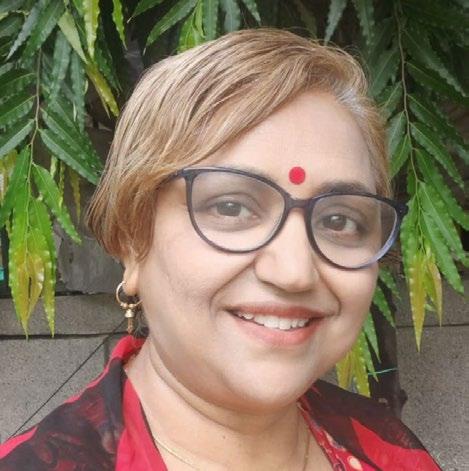
To learn more about Asia’s water security challenges, we spoke to Bhakti Devi, Founder and CEO of the water start-up NGO Jalsmruti, which is founded on the back of her 30 years of experience in implementing community scale and community-led water conservation solutions. Jalsmruti is on a mission to make communities water-positive by empowering communities to take care of their own water through community-driven decentralised water conservation systems.
In India, like all around the world, the supply and distribution of water is traditionally a governmentcontrolled service. Hence, it is a paradigm shift for both water utilities and communities to implement community-owned water systems.
Due to uncontrolled and fast pace growth, cities and towns in India are inevitably lagging behind in their planning and implementation of upgraded centralised water and sanitation infrastructure. Consequently,
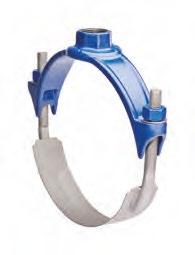
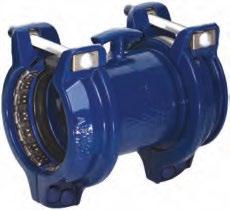

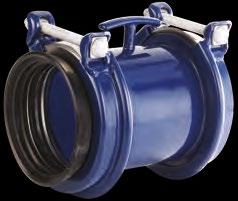
there is no legacy infrastructure in new growth areas. This provides a unique opportunity to implement innovative community-led water systems in new growth areas. Thanks to several technology innovations by new startups solving this challenge, there is also opportunity to retrofit decentralised water conservation solutions to existing building facilities that are operational.
Decentralised water systems source water and treat used water close to the population they serve, making it easy for the community to own and take responsibility for the system.
Jalsmruti is focused on building the capacity of the community to adopt decentralised water and sanitation services in large numbers; by increasing awareness about their power to solve their own water and sanitation challenges by hand holding them and providing necessary tools and guidance.
You can visit jalsmruti.org to learn more about their programs.
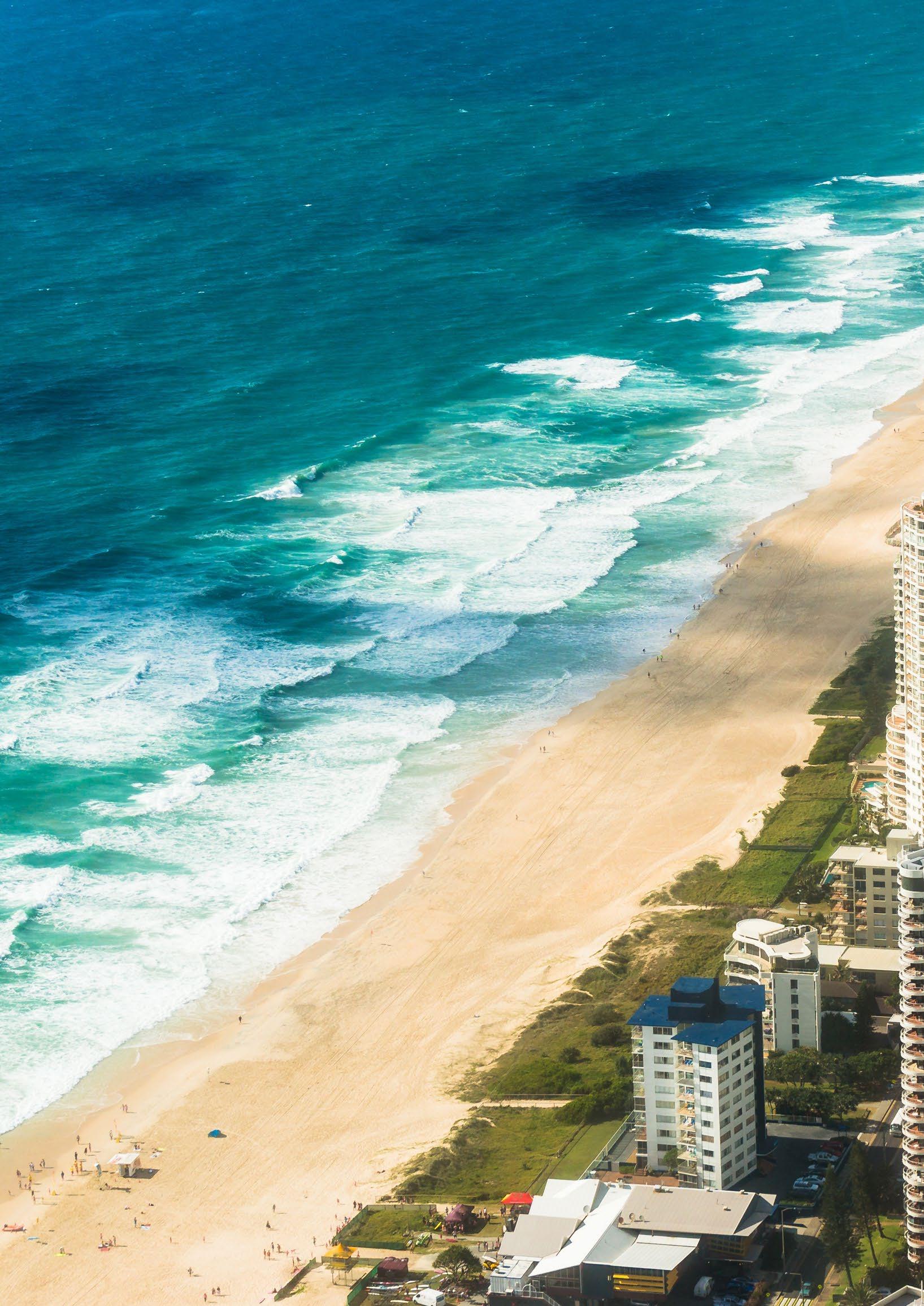 Written By | DARBY BONNER & MARTYN SHUTTLEWORTH
Written By | DARBY BONNER & MARTYN SHUTTLEWORTH
Australia has been experiencing water shortages, which have resulted in low water levels in dams, restrictions on water usage, and the need for unprecedented measures to provide drinking water to homes, businesses, and communities. However, Australia has been at the forefront of using innovative solutions to tackle these challenges.
One way that Australia is reusing water to mitigate water scarcity is greywater. Greywater is wastewater generated from laundry, showers, and hand basins. Greywater collected from homes is treated and used for irrigation purposes, and wastewater from industries is recycled and treated using advanced technology. This water is then sent to urban areas for non-drinking uses; greywater has the potential to carry contaminants such as bacteria and viruses, so it is never potable. These innovative recycling solutions not only conserve water but also reduce the strain on water treatment facilities and infrastructure.
Australia has also invested heavily in desalination plants, particularly in coastal areas where freshwater supplies are limited. These plants use advanced technologies to purify seawater and produce highquality drinking water.
The desalination plant in Sydney provides drinking water to a population of over 5 million people. This innovative technology saves the nation during drought seasons, such as the ‘Millennium Drought’ in Southeast Australia from 1997 to 2009 when the water aquifers became unusable due to drought, and was stated as “the worst drought in history”. Droughts severely affect Australia’s cropping and horticulture which they rely heavily on for income.

By optimising desalination, Australia is able to diversify its water sources and mitigate the effects of droughts and below-average rainfall, which is expected to decrease by around 15% by 2030
Because of the stress from climate change and increased drought periods, Australia’s agricultural industry has also adopted irrigation techniques that use less water, such as regenerative agriculture, which focuses on rebuilding soil health by minimising soil disturbance and enhancing natural soil fertility. The management of catchment areas and water storage systems has also been implemented to reduce water wastage.
Australia is also harnessing the power of natural processes, such as wetlands and reed beds, to filter and purify water. They mimic the natural filtration processes that occur in wetlands, where plants and microorganisms help remove contaminants from the water. These natural filtration systems enhance water quality without relying solely on traditional chemical treatment methods. Natural filtration processes not only improve water quality but also reduce the environmental impact of traditional treatment methods.
Case Study on Page 20
Continued from Page 19
While finding alternative sources of water can help Australia deal with shortages, the country can use existing resources more efficiently. To support this, Andrew Ward and Urban Utilities developed a twostage algal wastewater treatment that produces more water for reuse in irrigation.

To treat wastewater, Australia uses Waste Stabilisation Ponds (WSPs), with over 600 presently in operation. However, the technology has not advanced in the past 50 years and struggles to meet modern water recovery requirements.
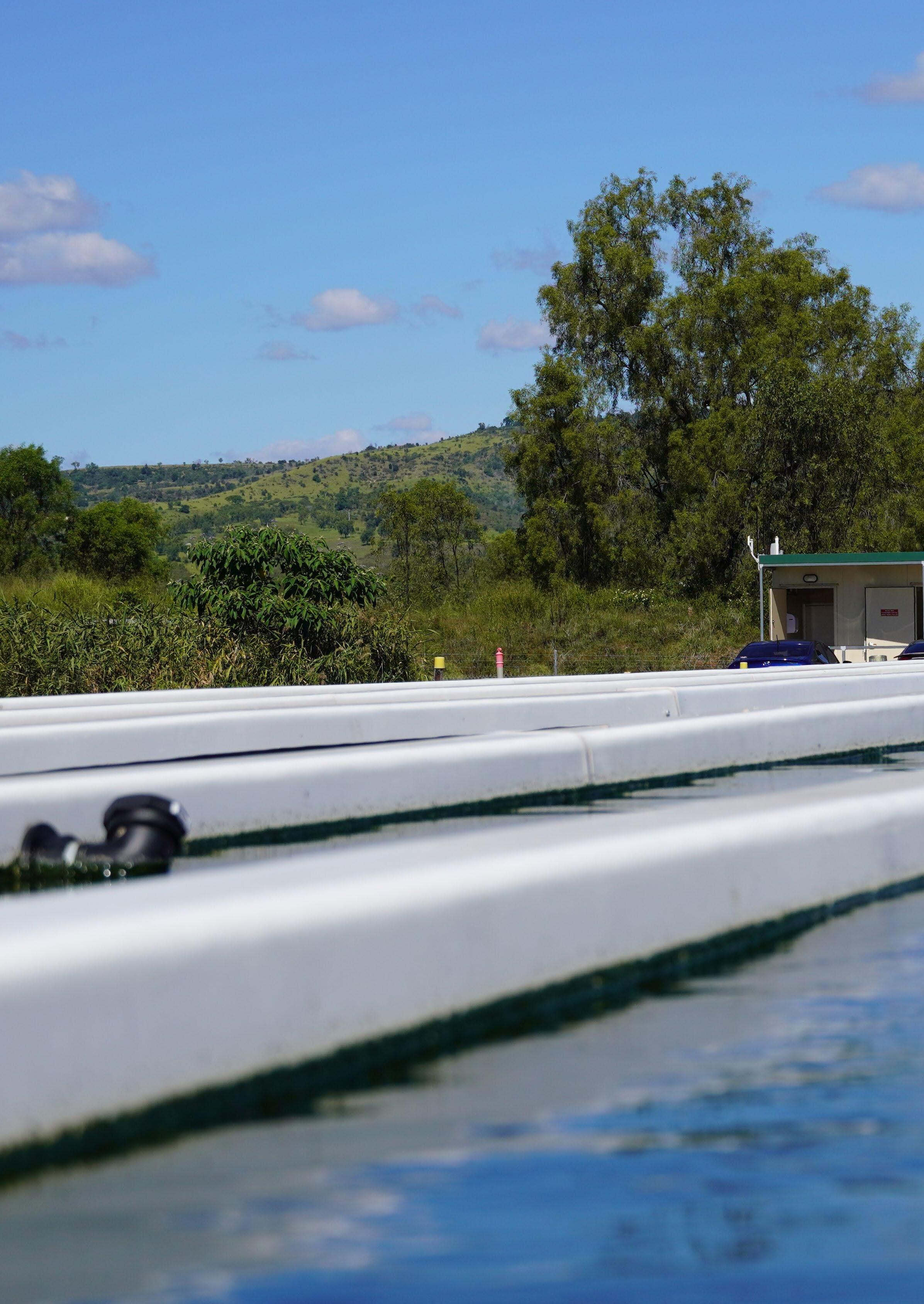

The process begins with pre-treatment using high-rate anaerobic digestion (UASB), which makes nutrients soluble and enhances biological availability. Anaerobic digestion also promotes carbon recovery by capturing methane for energy production.
During the HRAP treatment stage, a microalgae culture treats wastewater and removes nutrients, such as carbon, nitrogen, and phosphorous, and pollutants such as coliform bacteria and heavy metals.
In the raceway ponds, a paddlewheel agitates effluent and prevents sedimentation. During the day, the algae produce oxygen, raising the dissolved oxygen concentration to 2-3 times saturation (>20 mg/L). This highly aerobic process helps bacteria decompose organic matter more efficiently.
HRAP reduces biological oxygen demand (BOD5), while the algae assimilate nitrogen and phosphorus, creating a harvestable biomass. Because the ponds are shallow with a high surface area, sunlight UV-disinfects faecal microbes and photo-oxidizes dissolved organic contaminants.
Pilot studies showed UASB/HRAP systems overcome the issues with WSPs. The improved wastewater treatment and lower retention times make more water available for reuse and improve quality significantly. UASB treatment takes 10-12 days, compared to 50-60 for WSP, reducing evaporation and salinity significantly. The process also lowers GHG emissions while preventing sludge build up.
Within a WSP, cyanobacteria blooms and algal growth mean long retention times and high evaporation rates, reducing the amount of water recovered. Build-ups of sludge and waste make it difficult to meet discharge limits, while organic matter and nutrients emit greenhouse gases (GHGs).
To address these problems, Andrew developed an integrated wastewater treatment using the same biological WSPs but with two stages, Upflow Anaerobic Sludge Blanket (UASB) and High-Rate Algal Ponds (HRAP).
Importantly, Australian water treatment plants can retrofit the scalable technology rather than undertake expensive civil work, meeting regulatory requirements at 50-75% of the cost of sludge-based systems. Utilities can upgrade their WSP technology and maximise the amount and quality of treated water available for reuse.
While Australia is at risk of water shortages, the country is producing technologies to overcome the problem. Between desalination to unlock new resources, greywater, using natural resources to purify and UASB/HRAP to reuse water more efficiently, there is hope.



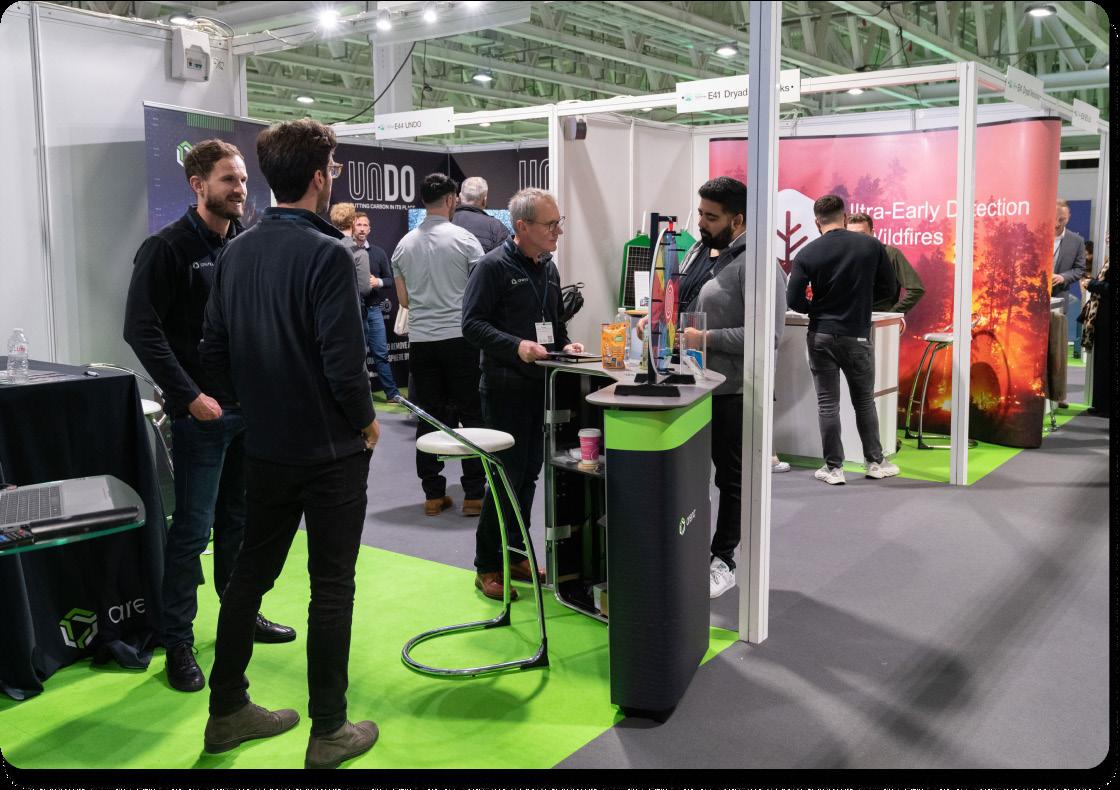


As the world’s population rises, we need to produce more food, but agriculture strains already dwindling freshwater resources. To help solve this water crisis, Peter Blezard, a founder of Engage Crop Solutions, a company who developed Aqualatus , a unique technology developed to reduce the water needed for irrigation.

Even a cursory glance at the news reveals the scale of the global water shortage in the face of climate change and population growth. We face widespread droughts because we are depleting water resources far quicker than nature can replenish them.
Clearly, we need to preserve this precious resource and many of us try to reduce our water footprint. While always welcome, this is very little compared to the vast amounts of water needed to irrigate crops.
Agriculture is responsible for 70% of all global water usage, so making irrigation more water-efficient will free up vast amounts of water for drinking and hygiene. However, can we do this without reducing crop yields and threatening food security?
Peter with his team realised we needed to move away from endless discussions about water shortages and develop solutions that preserve water stocks while continuing to feed the world. Globally, 40% of food production relies on artificial irrigation, but it can use three times more water than the crop actually needs.
Because reducing this wastage is central to water conservation, Engage Crop Solutions developed Aqualatus, a transformational water-saving technology.
Aqualatus is a sophisticated blend of liquid polymers containing billions of microscopic structures. These stick to soil particles to create a clump that slows the gravitational flow of water and promotes lateral movement. It reduces surface runoff and evaporation, and increases the soil’s moisture content so that crops still receive the water they need.
Ten years of trials showed that Aqualatus reduces irrigation water usage by almost half, creating huge savings and, in arid regions, saving lives. Growers can use less water for shorter periods of time and, by helping soil retain moisture, the technology also reduces leaching. This protects watercourses from agricultural contamination and ensures crops need less fertilizer.
Importantly, Aqualatus preserves water without affecting crop yields or quality, and opens up new regions for water-efficient agriculture. At a time when many governments are contemplating high water premiums to preserve resources, the technology can help growers avoid additional steep costs.
Aqualatus is safe for the environment and, by improving soil quality, and lowering costs, gives growers the water security they need to produce the food we need.
For more information: engagecropsolutions.com

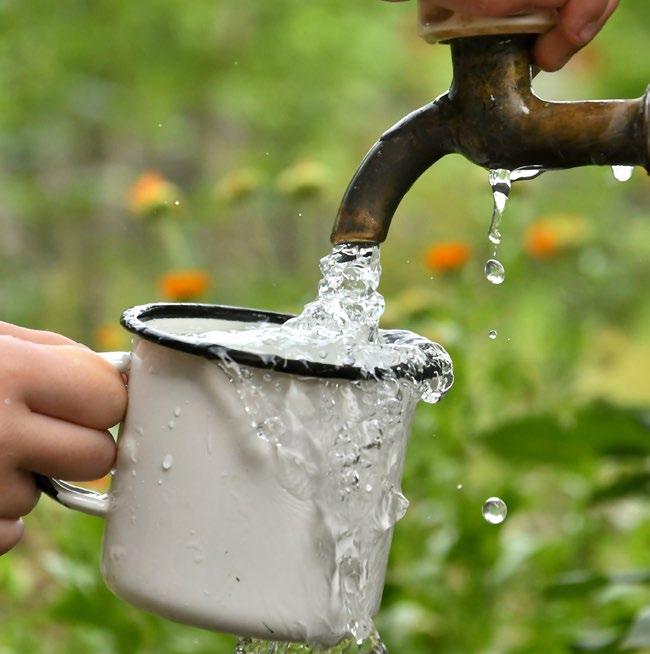


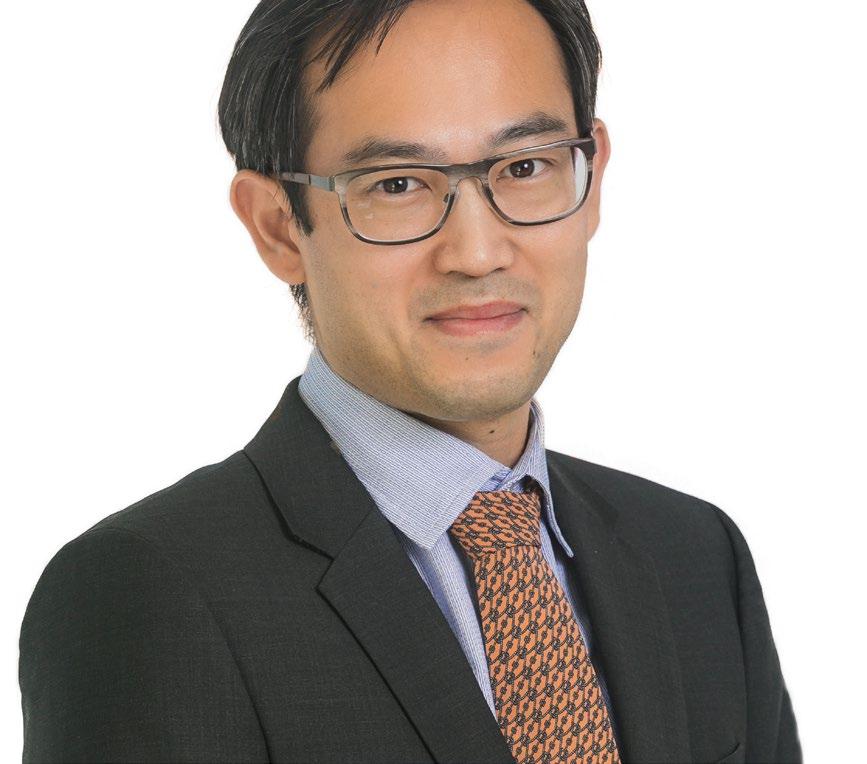

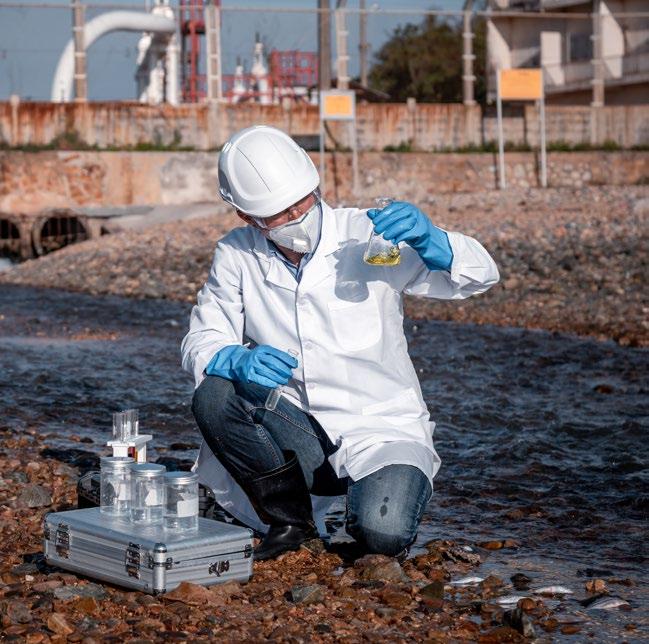

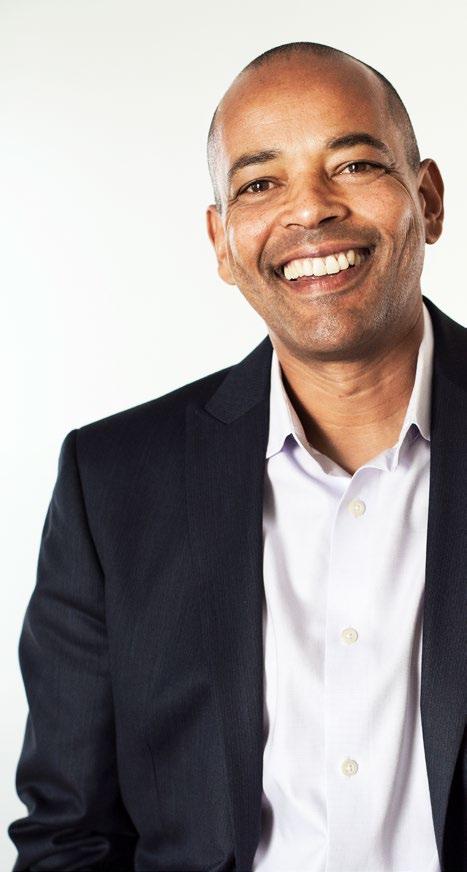
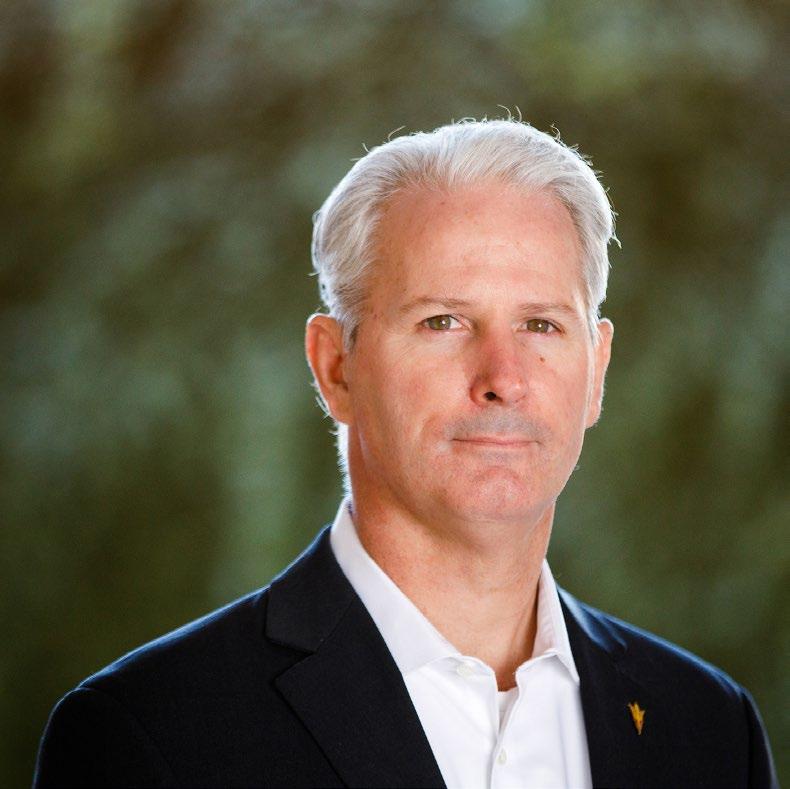

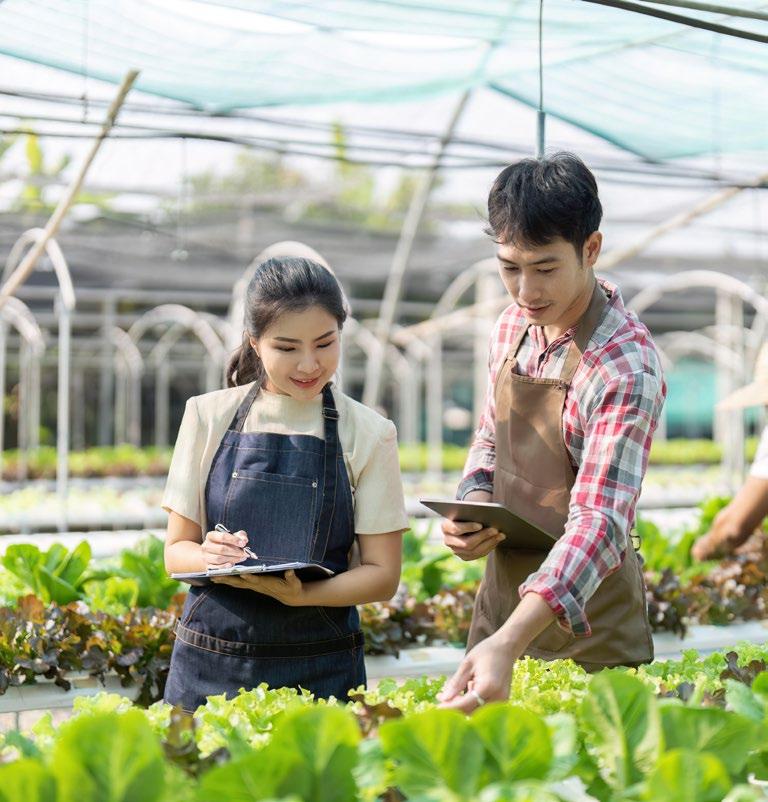
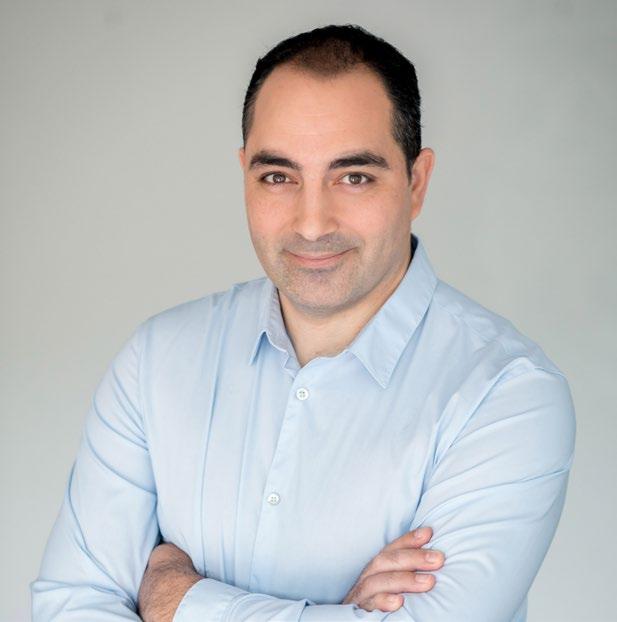
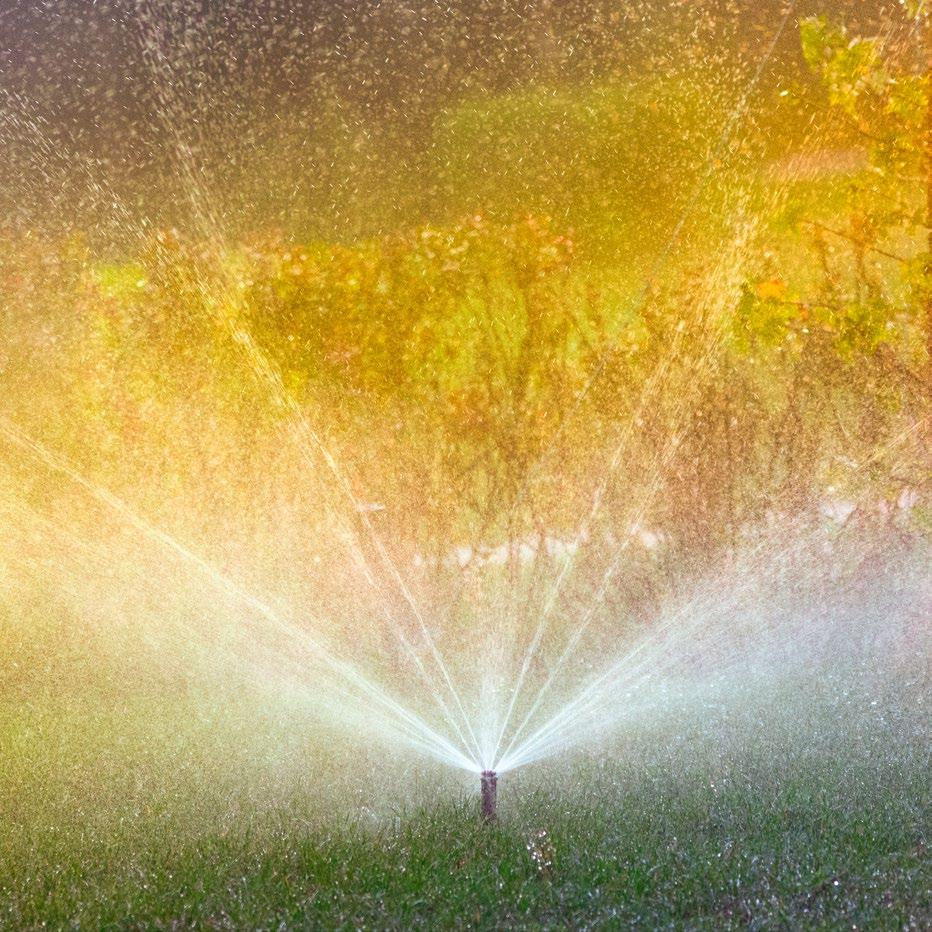

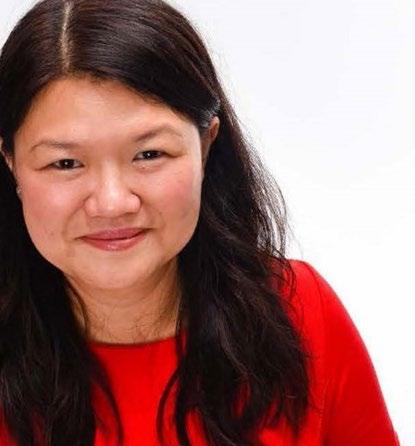
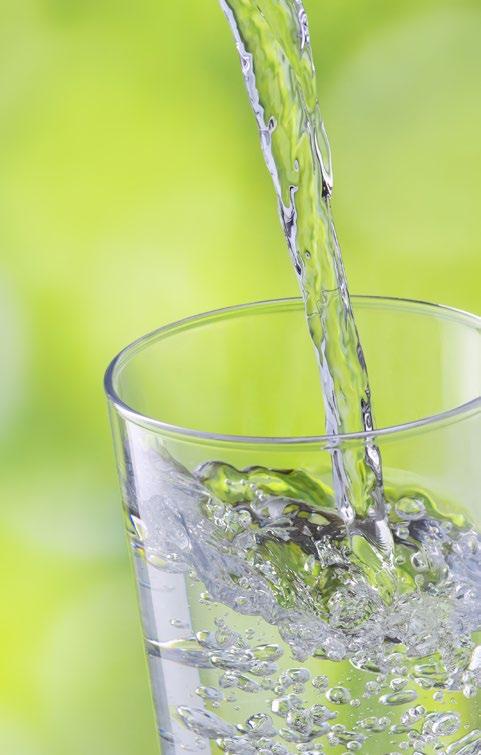
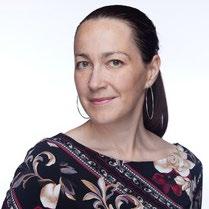
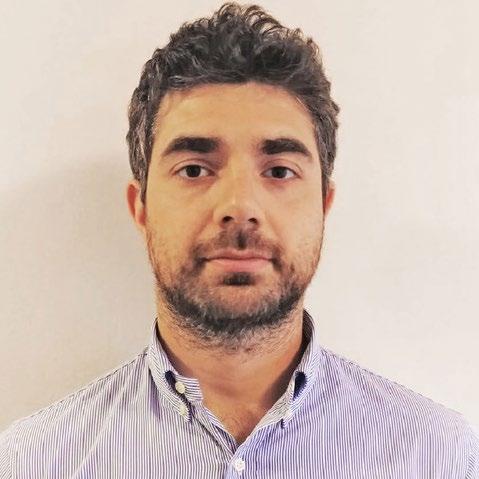

Introducing our exciting new regular feature in the magazine. In this edition, we delve into the crucial matters of drinking water, reuse, recycling, and desalination. Join us as we explore the pressing issues surrounding these topics and gain valuable insights.

 2S Water Inc. De Nora Water Technologies CEO Global Product Manager – Ozone & AOP
2S Water Inc. De Nora Water Technologies CEO Global Product Manager – Ozone & AOP
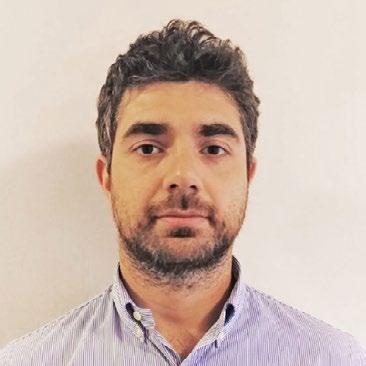
What springs to mind when you hear the words ‘drinking water’?
Drinking water is a dangerous term. Any water can be consumed. We assume that drinking water equates safe, clean water. But for much of the world that is not the case. Drinking water can cause health issues, chemical contamination, and dangerous constituents. As we move farther into post-industrial society, the world is paying for the actions of heavy industry in ways that we really don’t yet understand and are only just beginning to feel the impact of. And drinking water is where we find a nexus of impact; climate change is reducing water tables, industry is increasing contamination, pollution is expressed through microplastics, trash waste and forever chemicals. Drinking water is nothing simple, nothing guaranteed.
Do you think that drinking water should be free for everyone?
Safe, clean drinking water is a human right. It should be free for everyone. Especially when we consider that improper water supplies impact the poor significantly more, and disproportionately impact women and children, who are often burdened with securing safe water. When we consider that many of the issues around drinking water are caused by heavy industry, the outputs of which positively impact the wealthy parts of society, we have an inarguable duty to provide clean drinking water as a basic human right.
What do you think the drinking water situation will be like 50 years from now?
On one hand, I have a lot of hope that the world is going to be a better place in 50 years, including water. It’s what drives entrepreneurs like me to do what we do every day. We wouldn’t be fighting the fight for improved water quality at 2S Water if we didn’t think there was a chance.
On the other hand, it’s hard to see how we can solve some of the major problems of our world in the current economic system. There are some significant systemic issues increasing disparity in our society that, unless addressed, are going to make problems like equitable access to water very difficult to solve.
What are the challenges of access to water in your region?
Although we think of Europe as a continent with abundant freshwater resources, that is not true everywhere. Southern European countries such as Italy, Spain and Greece are now experiencing water scarcity, especially in the summer months.
What solutions are currently being implemented in your region?
Desalination is being utilized in some places, especially islands and remote areas. While there are some national guidelines concerning reuse in agriculture and for industrial purposes, direct and/or indirect potable reuse is not yet a topic of discussion, nor are there any regulations in place.
In your opinion, what countries would benefit from innovative reuse, recycling, and/or desalination to quality and treatment?
There could be an argument that all of us could benefit from innovative reuse, recycling and/or desalination, but given the scarcity issues facing the southern countries, Italy, Spain and Greece would see the biggest impact.
What are you doing to promote sustainable drinking water supplies?
We believe that education is critical, so we share best practices from countries like the United States and Singapore, as well as promote sustainable technologies like ozone and AOPs for their successful application in water reuse.
What do you think the drinking water situation will be like 50 years from now?
Unless we make drastic changes, looking 50 years into the future is bleak. There will be much less natural fresh water available. The freshwater that is available will be polluted requiring innovative technologies for disinfection. There will also be an increased need for desalination to compensate for the lack of fresh water. And potable reuse will be mandatory in most countries to guarantee enough clean drinking water for everyone.
What is the need for reuse, recycling, and desalination to quality and treatment?
There is a need for sustainable technologies in water quality and treatment to address CECs and micropollutants. Additionally, sustainable technologies have been proven to reduce operating expenses long-term.
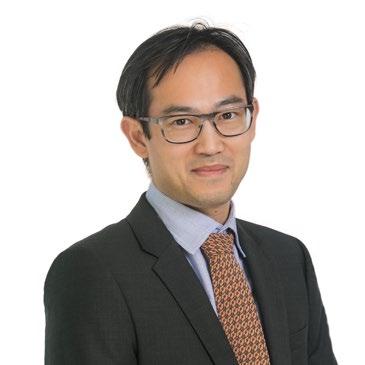 Arizona State University Senior Product Director Director, Global Institute of Sustainability and Innovation
Arizona State University Senior Product Director Director, Global Institute of Sustainability and Innovation
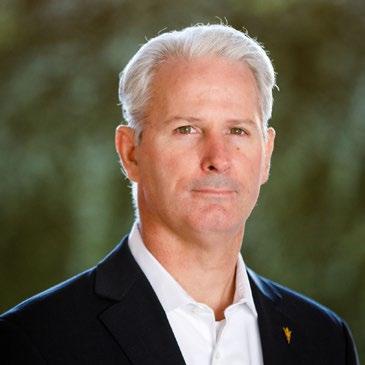
What are the challenges of access to water in your region?
Water security is an enduring challenge in the American Southwest, which people have been managing for thousands of years. The region currently faces heightened risks from a decades-long mega-drought and the impacts of climate change. This especially includes rising temperatures and “hot drought,” declining surface water flows and storage, particularly on the Colorado River, declining mountain snowpack, groundwater depletion, high agricultural demand, and increasing urban demand.
Additionally, there are inequities in the ways in which these impacts are experienced, with disproportionate effects on Indigenous Peoples and overburdened communities.
What solutions are currently being implemented in your region?
To address water security challenges, a diverse coalition of governments, industry leaders, nongovernmental organizations, Indigenous Peoples, and citizens are developing innovative solutions and adaptations. Some examples include dramatic gains in water conservation and efficiency; sustainable groundwater management policies, such as in Arizona and California; new infrastructure for drought resilience, groundwater recharge and recovery, and reservoir storage; innovative water sharing agreements; water recycling and direct potable reuse; and more transparent, inclusive, and just decision-making processes.
In 2022, the State of Arizona invested $40 million to launch the Arizona Water Innovation Initiative, a statewide project led by Arizona State University’s Julie Ann Wrigley Global Futures Laboratory. Along with a $5 million investment from the Virginia G. Piper Charitable Trust, this funding supports ASU’s work with municipal, industrial, agricultural, tribal, and international partners to rapidly accelerate and deploy new approaches and technology for water security.
For example, with our partners, the initiative is advancing new policies, technology, and financing strategies to support advanced water purification in the City of Phoenix, which will produce up to 60 million gallons of new drinking water a day. We are developing innovative models and decisionsupport systems to improve water management operations and climate change adaptation on the Colorado River. Using virtual reality, narratives, and gaming, we are creating innovative approaches to enhance public understanding and awareness of water challenges and solutions. And through participatory and community-based approaches, our team is working to improve water security for Arizona’s most water-insecure households.drinking water can come from grey or brown water.
In your opinion, what countries would benefit from innovative reuse, recycling, and/ or desalination to quality and treatment?
We see desalination as a key component in a robust water strategy for many coastal regions. We currently have partnerships with desalination plants globally. Desalination is the only drought-proof water source, and it can be used to top up reservoirs or provide water for industrial or agricultural purposes so that our groundwater can be reserved for drinking water. We’ve seen countries like Australia and Singapore successfully use desalination alongside other strategies like reuse to augment their water supply.
The same principles behind seawater reverse osmosis (SWRO) desalination are being applied to wastewater treatment to stem water pollution and consumption. For example, to combat water pollution, The Pali Common Effluent Treatment Plant in India partnered with us to install energy recovery devices, achieving extensive energy savings while preventing further pollution of a local river.
What are you doing to promote sustainable drinking water supplies?
We are lowering the cost of producing sustainable drinking water making it more economically viable and affordable. Wastewater re-use for drinking purposes are methods that are gaining more interest around world to combat water scarcity. Those methods require triple barrier treatment including Reverse Osmosis to achieve the water quality required for safe human consumption. As a leader in Energy Recovery Devices, we have expanded the PX technology to maximize the recovery of wasted energy in any RO process: from low pressure to ultra-high pressure. As a result, the energy intensive RO process used for reuse becomes more energy efficient reducing its carbon footprint.
What do you think the drinking water situation will be like 50 years from now?
Water represents more than 70% of the surface of the earth but drinking (fresh) water only represents 3% of it. Throughout more frequent drought events around the world associated with global warming, rivers and lakes drying up, and groundwater level lowering, the public perception on fresh water is slowly shifting. Once an abundant commodity provided by nature, water is becoming a resource that humankind will need to nurture by conserving it and re-using it. Thus, I think in 50 years, people will change their habit when using water and more importantly, they will adopt the fact that drinking water can come from grey or brown water.

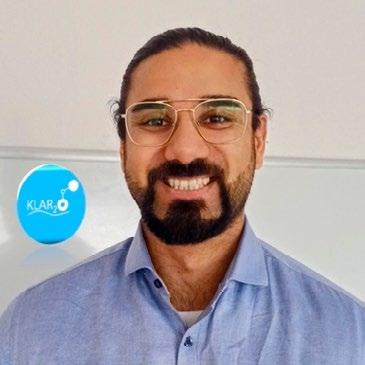
Water is our building block of life and should be free within the rights of every human being. The current water crisis is one of the greatest challenges of our time. It is estimated that the world’s urban population will almost double by 2050. This increase has serious implications for urban water demand. Empowering today’s sustainable innovations to reuse, recycle and re-nature our drinking water needs to be supported more governmentally. Greentech for filtration, desalination, regeneration, and recycling in a mutually supportive and smart synergy creates a cumulative circular water economy and a successful bioeconomy. I believe that access to clean drinking water is a fundamental human right, and efforts should be made to ensure its availability for everyone.
Our modern societies created modern pollutants that require modern and innovative solutions. At Klar2O we developed new regenerative Smart Surface Technology to filter out modern pollutants from drinking water. My initiative of Klar2O should embody exactly sustainable drinking water. At Klar2O, we are opening doors in water filtration by stepping away from traditional single-use plastic filters to regenerative biochemical green technologies for a sustainable supply, no waste, and reusability for a healthy and clean global water supply. Sustainability also means venturing a step into the future creating a circular economy with zero waste. Our technology allows it to be regenerated, recycled, and reused to provide sustainable drinking water shaping a better world.
What is the need for reuse, recycling, and desalination to quality and treatment?
We understand the importance of these practices and strive to develop innovative and sustainable solutions for water treatment, focusing on reuse, recycling, and desalination technologies to ensure access to clean and quality water for all.
By expanding water sources through recycling, regeneration, and reusing, also in kinds of desalination, we can increase the availability of clean water for various purposes, including drinking, agriculture, industry, and even more. We must begin to unite the strengths of multiple technologies into a green technology ecosystem as the foundation for a circular economy. Klar2O is intended to provide an innovation platform for this upcoming purpose.
What are the challenges of access to water in your region?
In the US, access to clean water faces significant challenges due to the risk posed by the presence of various synthetic materials. The existing treatment methods are insufficient in addressing these substances, such as PFAS, microplastics, and pharmaceuticals, some also referred to as “forever chemicals”.
What solutions are currently being implemented in your region?
Currently, several places in our region are tackling the issue of forever chemicals through the implementation of granulated carbon, ion exchange, or membrane technologies. These methods aim to capture or concentrate the contaminants. However, a more comprehensive solution is required, focusing on complete PFAS elimination to safeguard our ecosystem from these harmful substances.
What are you doing to promote sustainable drinking water supplies?
To promote sustainable drinking water supplies, I actively engage in discussions about the challenges related to water quantity and quality. Moreover, I advocate for the importance of embracing innovation and daring in the water sector to address these issues effectively.
What springs to mind when you hear the words ‘drinking water’?
Water is the solvent of life, vital to every living organism. The quality of our drinking water plays a crucial role in determining our overall well-being and life expectancy.
Do you think that drinking water should be free for everyone?
While I believe that water should be accessible to all, it is essential to recognize that making it entirely free may not be a sustainable solution. Instead, we should focus on ensuring water affordability and the mechanisms that ensure a high quality water for everyone.
What do you think the drinking water situation will be like 50 years from now?
In the next 50 years, I envision remarkable progress in water quality, closely intertwining water and healthcare. Different water supply tiers may emerge to meet diverse needs. Like the energy sector, the water industry will undergo transformation with innovative technologies focusing on source-level waste treatment. My vision is green energy and blue water (clean and recycled) for a sustainable and thriving environment.

& Portfolio manager
What are the challenges of access to water in your region?
Within the watercycle of the Netherlands collaboration between drinking water companies, (local) government(s), water authorities, industry and agriculture becomes increasingly important. The main challenge of the watercycle is to match varying water demand, water supply and water quality over time and place.
This is great importance for our environment, our society as well as our economy.
Solutions lie in the optimal use of existing and new water sources, protection of- and collaboration with natural processes and implementation of innovations in water technology (both in water treatment as in water distribution).
What are you doing to promote sustainable drinking water supplies?
Varying in scale from country-wide to the size of an individual building or water production facility; KWR research creates impact by being societal-relevant, innovative and independent. The ‘raison d’être’ of KWR is clearly reflected our motto ‘Bridging Science to Practice’. KWR builds on the latest insights from fundamental research, explores possibilities for inter-sectoral symbiosis and applies obtained knowledge jointly with- and for our shareholders and other clients.
Within my field of expertise being innovative water treatment technologies and residual stream valorization, I try to come up with technical solutions to urgent societal water-related challenges. By delivering proof-of-concepts of these innovative solutions, I try to make my contribution towards the vision and mission of KWR.
Impeccable chemical and microbial quality of water and it’s (dissolved) components in sufficient quantity are top priority for our clients and for society as a whole. Many of the involved underlying processes are somehow dependent on resources like energy, (fresh)water and chemicals. With the (in)direct effects of increasing world population, climate change and increasing consumption of natural available materials, long-term availability of these resources is under pressure.
Fact is that many of the involved processes are highly dependent on at least one of these resources. In order to ensure a habitable planet for the generations to come, especially the developed countries must become increasingly aware that resources are finite and take on their responsibility to either reshape or rethink our existing linear ‘modus operandi’ into a circular fashion.
What are the challenges of access to water in your region?
Waste Water Treatment in the UK is under increasing pressure and is continually in the media spotlight, from Storm Overflows, nutrient removal, protecting our oceans and waterways, reducing emissions and carbon footprint, micro pollutants and forever chemicals, increasing energy and material costs and stretched resources it is an extremely challenging environment at present.
What solutions are currently being implemented in your region?
Veolia Water Technologies UK Ltd offer various technologies and solutions for the treatment and management of Waste Water a key area of focus at present is for treatment and prevention of Storm Overflows, our treatment solutions can be in addition to WwTPs to increase capacity during storm events or via satellite sites to treat storm oveflows locally. Our innovative and advanced technologies can be used continually or on short start ups during storm events. We also have a digital solution called Hubgrade Performance which allows real time control of WwTPs and prevention of Storm Overflows. There are 2 sides to Hubgrade.
Hubgrade Performance allows you to fully optimise a treatment works reducing OPEX costs and allowing capacity in the plant to deal with storm flows and secondly Hubgrade Performance Sewer gives visualisation and control that allows the capacity within the sewer network to be effectively monitored and controlled. Attenuation within the Sewerage network ensures WwTPs have capacity to deal with Storm Flows effectively and prevent overflows, in Europe we have achieved reduction of up to 83% of storm overflow volumes where Hubgrade has been implemented.
In your opinion, what countries would benefit from innovative reuse, recycling, and/or desalination to quality and treatment?
The challenges seen in the UK are seen globally and Veolia are able to draw on our vast knowledge and experience from across the world to help solve some of the most challenging water treatment requirements.
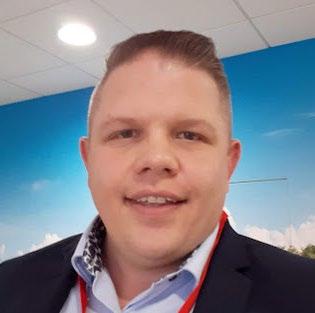
• Real-time Water Quality Monitors
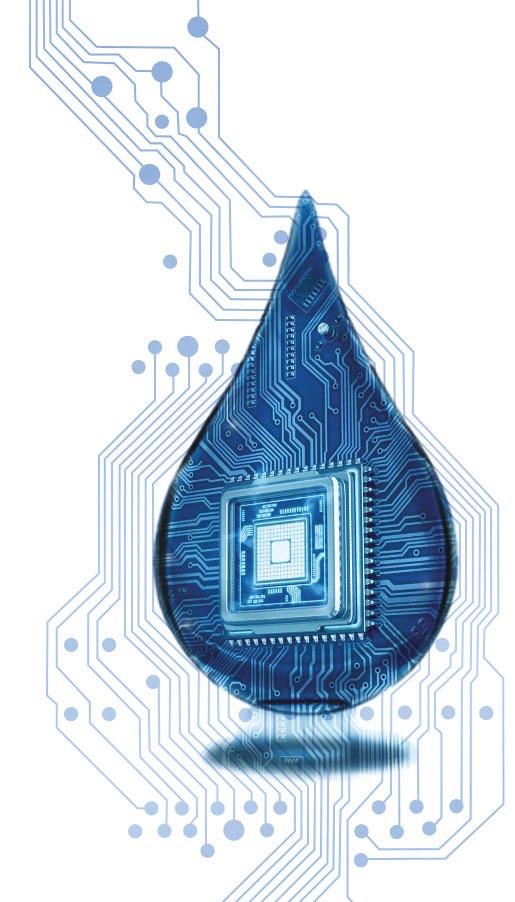
• Electrolytic In-Situ Reagent Generation Systems
• Solutions for Inorganic & Trace Metal Contaminants
www.aquametrologysystems.com
Aqualatus®
Aqualatus is applied to irrigation systems and improves the moisture-holding capacity of the soil. Growers can confidently cut irrigation cycles by half and still see exceptional results without any loss of crop development, yield and quality. It also delivers further savings in fertiliser and energy costs too.
› Aqualatus can cut agricultural water use by 50%
› Provide water security for farmers and growers
› Proven technology across 10 years of trials
Partner with Engage Crop Solutions to add value to your customers and boost the appeal of your irrigation systems
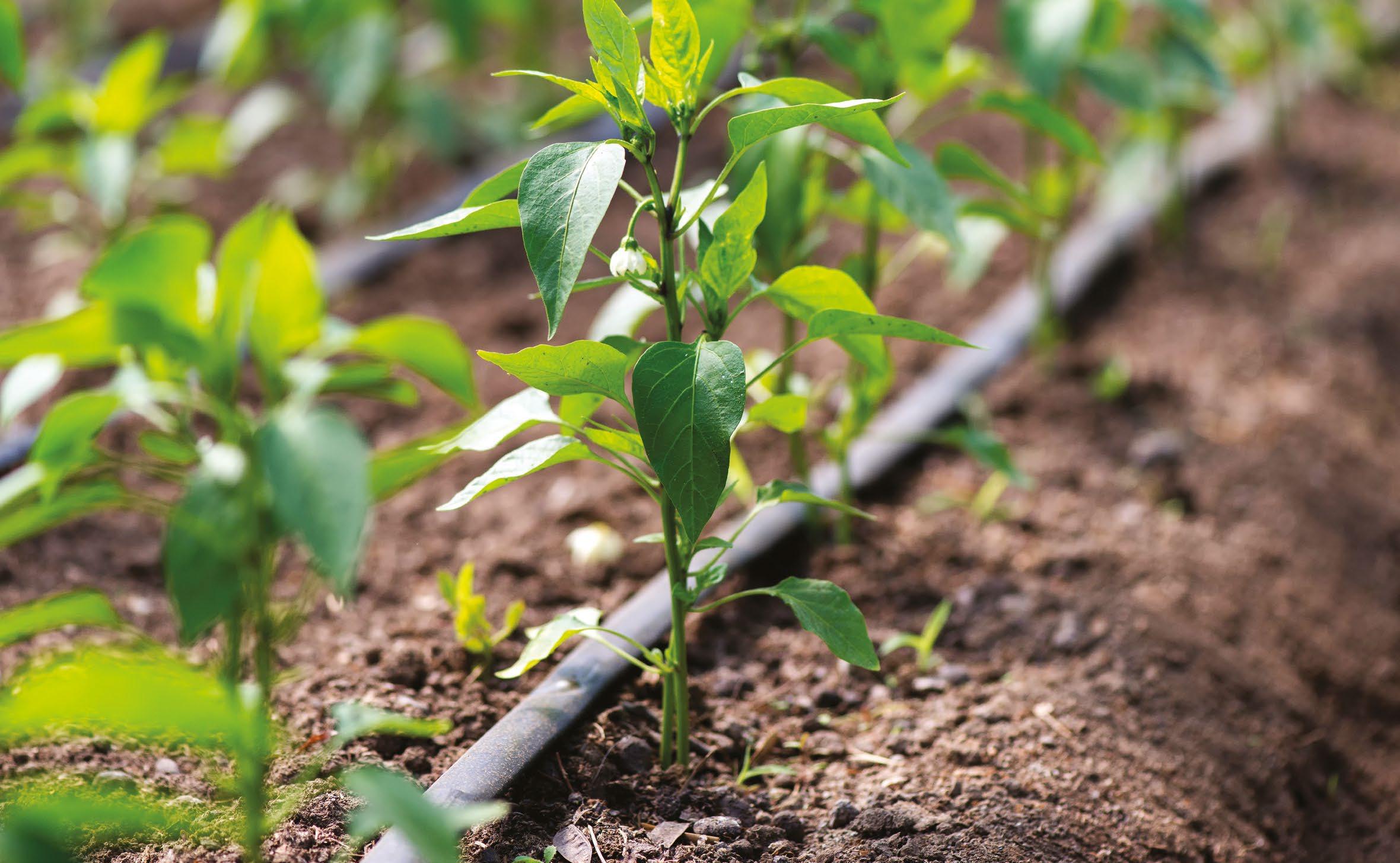
› Improve the ROI on irrigation investment
› White label products available to maintain relationships
› Exclusive distribution deals available
To discuss how Aqualatus can benefit your business, email our Founder Director Peter Blezard at peter@engagecropsolutions.com
engagecropsolutions.com

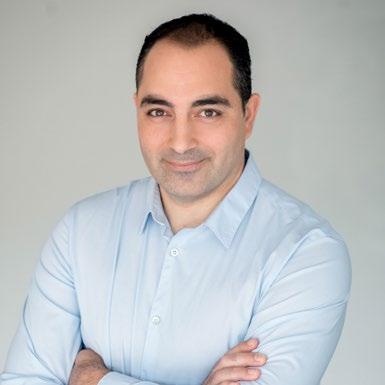
What are the challenges of access to water in your region?
In our region, one of the primary challenges is water scarcity. Limited freshwater resources, coupled with increasing demand due to population growth and industrial development, pose significant difficulties in ensuring reliable access to water. Climate change impacts, such as prolonged droughts, further escalate the situation.
What solutions are currently being implemented in your region?
In the case of Israel, which is known for its expertise in water management, some solutions implemented include desalination of seawater, wastewater recycling and reuse, advanced irrigation techniques, water-efficient technologies, and water demand management strategies. IDE Technologies is at the forefront of addressing water challenges in our region. We have pioneered advanced desalination technologies, enabling the conversion of seawater into high-quality freshwater. Our desalination plants play a vital role in providing a sustainable and reliable water source for our customers, reducing dependence on freshwater supplies.
What are you doing to promote sustainable drinking water supplies?
IDE Technologies is committed to promoting sustainable drinking water supplies. We actively invest in research and development to enhance desalination processes, making them more energy-efficient and environmentally friendly. Further, we have developed various technologies that allow high recoveries never imagined before with standard reverse osmosis system. The two main technologies are the MaxH2O Desalter and the MaxH2O PFRO.
What springs to mind when you hear the words ‘drinking water’?
When I think of “drinking water,” I envision purity, health, and life. IDE Technologies strives to ensure that our desalination and water treatment solutions deliver water that meets the highest standards of quality, providing safe and clean drinking water for communities and industries.
Sheila Kee Itron Senior Product Manager, Water Operations Management
One of the top challenges related to water access is the continuous growth in demand for this vital resource. Factors such as increased food production and higher energy requirements contribute to an unsustainable and escalating impact on our already limited water supply. Furthermore, the destructive forces of natural disasters like hurricanes, combined with the effects of climate disruption, further disrupt water services. As both the demand for water and the occurrence of natural disasters continue to rise, it becomes imperative to take decisive steps to fight water scarcity and safeguard this invaluable resource.
What solutions are currently being implemented in your region?
In the utilities field, we are working with customers around the world to actively tackle the challenge of water loss by leveraging advanced technology, such as smart meters, intelligent networks, analytics and services. It is concerning that over one third of the water pumped from distribution systems is lost before reaching its intended destination. In California alone, we estimate that 27 billion gallons of treated water, equivalent to approximately 850,000 households, can be recovered by correcting leaks in distribution systems. By employing tools like advanced metering infrastructure (AMI) and data analytics, utilities can swiftly detect and remedy leakages. Real-time detection plays a critical role in reducing water loss, as it eliminates the need for manual detection methods that can be time-consuming and less efficient.
According to UNICEF, by 2025, it is estimated that half of the world’s population could inhabit areas facing severe water scarcity. Furthermore, projections indicate that approximately 700 million people worldwide may face displacement by 2030 due to limited access to water. These alarming figures highlight the critical need for collective action at both the individual and organizational levels. Without prompt intervention, the issue of water scarcity will continue to escalate, worsening its impact on communities. It is imperative that immediate steps are taken to address this pressing challenge before its severity intensifies.









The peace of mind that comes from working with trusted partners
Deep capabilities & advanced expertise dedicated to customer success
One-stop shop for multiple solutions
Proven capabilities to bring the solution you need where you need it

Expertise beyond the product
Solving various challenges with membrane excellence
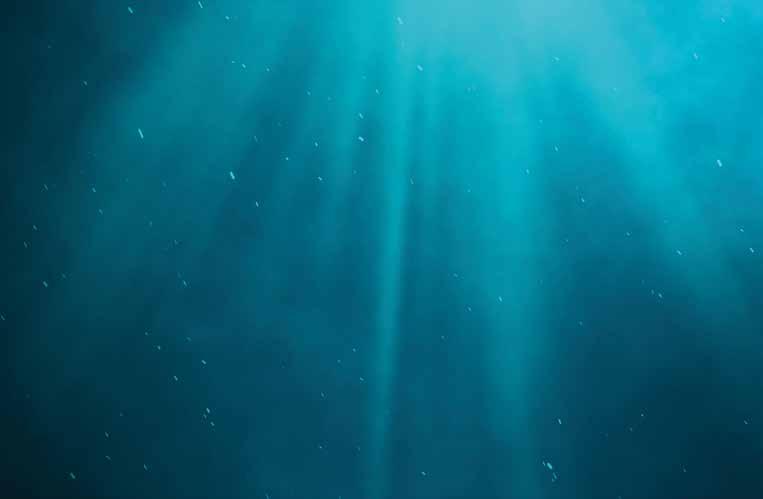
Reliable & durable range of modules & racks configurations
World class UF manufacturing & quality
www.dupontwatersolutions.com

What are the challenges of access to water in your region?
Surge works in rural, remote, farming communities in Haiti, Indonesia, Philippines, and Uganda. While the geographies vary quite significantly, they each face significant challenges with both water access and quality. Additionally, we see the effects of climate change via diminishing ground water levels, dried up springs, and erratic rain patterns that cause extreme flooding and droughts.
What solutions are currently being implemented in your region?
Surge is a women-led, community-driven organization that works hand-in-hand with communities and local governments to help implement their solutions. In Indonesia we work in arid villages in Bali and Sumba to build community rainwater harvesting systems and distribute household filters to ensure reliable, continuous water access and quality – especially in the dry seasons. In Uganda, due to the availability of ground and surface water, our solutions include: the drilling and rehabilitation of wells; the protection of springs; and the installation of community water filters. Surge also focuses on holistic interventions by constructing school toilets and delivering education programs on hygiene and menstrual health.
Do you think that drinking water should be free for everyone?
At Surge, we believe that access to drinking water is a fundamental human right, and every individual should have this right without facing financial barriers. Therefore, we deliver programs that provide free or affordable drinking water to everyone, particularly those in marginalized communities.
However, we also recognize the importance of sustainable water management and the need for appropriate funding models to maintain water infrastructure and ensure the continuous supply. To promote community ownership of Surge’s solutions, we have a cost sharing model. Communities contribute via labor, materials and the ongoing maintenance. Once the solution (well, rainwater tank, etc.) is ready for use, the local village team responsible for its management typically sets an affordable fee for water use. The funds collected help with the ongoing maintenance, sustainability and longevity of the solution.
Lack of access to safe water leads to a wide range of health, education and economic issues. By ensuring that drinking water is easily and affordably available we can create a healthier and more sustainable future for communities worldwide.
Thomas Schumann Project Greenland Inc CEO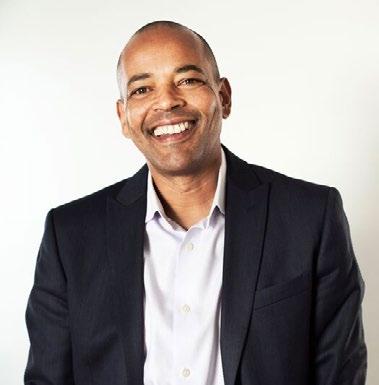
What are the challenges of access to water in your region?
Groundwater over depletion, lack of rainwater harvesting, lack of “reduce, reuse, recycle”, severe resource mismanagement, outdated/antiquated water infrastructure, heavy resource loss and waste.
In your opinion, what countries would benefit from innovative reuse, recycling, and/or desalination to quality and treatment?
All countries benefit immediately from innovative reuse, reduce, recycling. Desalination is called to evolve ASAP to become environmentally and financially responsible and sustainable if it should remain to serve as one solution of many to accelerate SDG 6, “Water Security”.
What are you doing to promote sustainable drinking water supplies?
Project Greenland offers reliable, sustainable, longterm super premium Greenland freshwater in dedicated 50,000,000 liters vessels to corporates and sovereigns in drought stricken regions to immediately augment their freshwater supply gap for more than 20 years.
Do you think that drinking water should be free for everyone?
No. Drinking water requires the immediate establishment of a fair global price that enforces utmost water stewardship of our single most precious resource aside from clean air. This price needs to represent the total (unsubsidized) cost of sustainably sourcing and providing drinking water to 8 billion stakeholders aligned with SDG 6. Unfortunately human psychology and behavior does (still) not value, respect, appreciate and treasure precious resources that are “free”.
What do you think the drinking water situation will be like 50 years from now?
If we fail to immediately act on water stewardship, fail to invest in water security, fail to reuse, reduce, recycle, fail to implement best water law, governance, policies and fail to escalate freshwater security as the single most important challenge and opportunity of our times, the drinking water situation in 50 years will be dire to say the least.
What is the need for reuse, recycling, and desalination to quality and treatment?
Desalination is inferior to any and all natural freshwater resources. If oceans were meant for drinking water, they would not contain high salinity.

Website URL: marmonindustrialwater.com

Product Name: Graver Mobile Powdex®

Product Details:
Responding to growing demand for process water treatment flexibility, Marmon Industrial Water introduces the Graver Mobile Powdex®. As the first precoat filter demineralizer on wheels, the system will allow plants to reuse and recover steam condensate on an as-needed basis, providing water, energy and capital savings across the manufacturing sector.
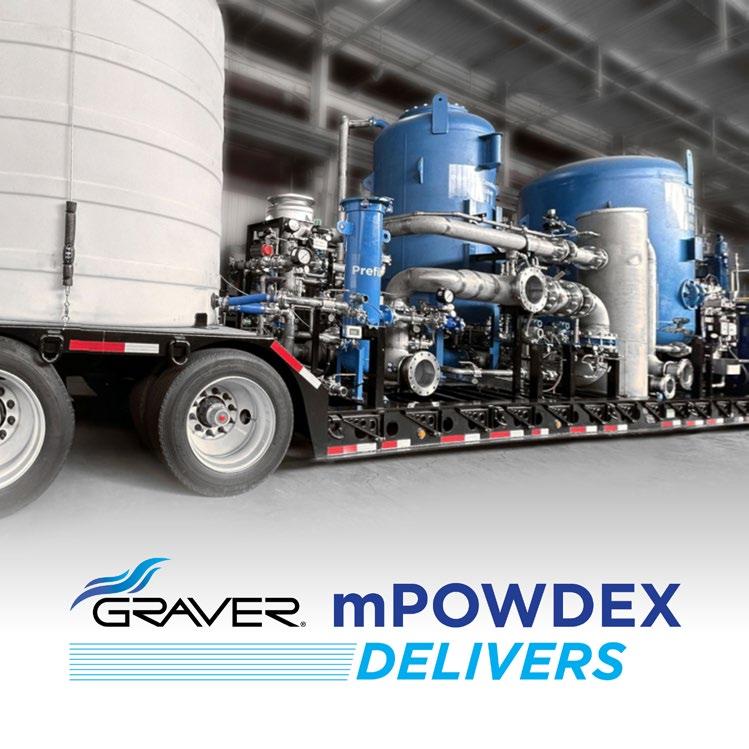
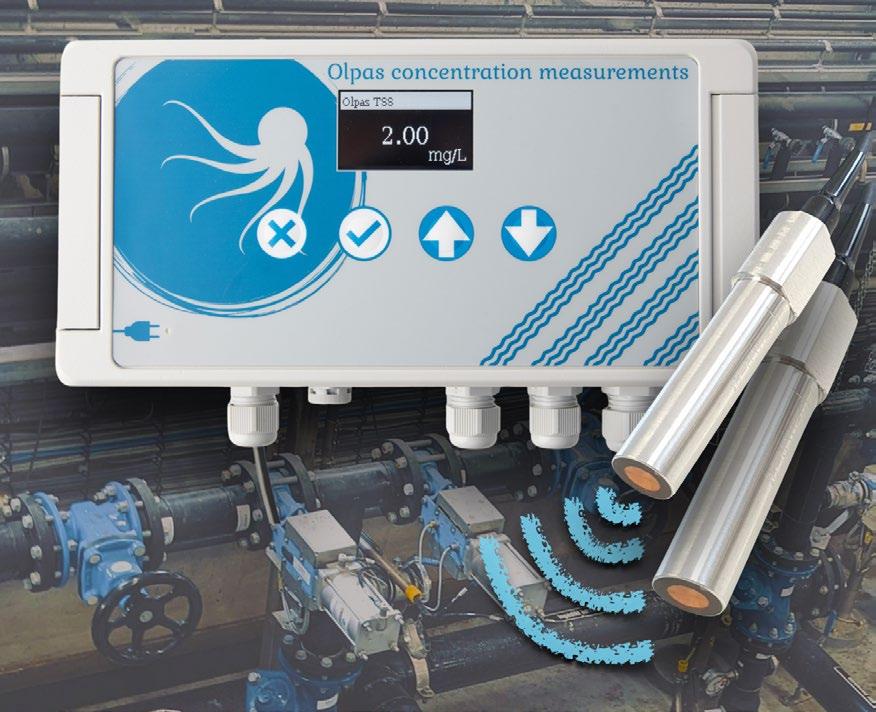
Website URL: olpas.tech
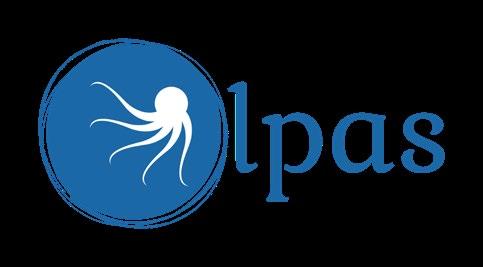
Product Name: Olpas sensors for sludge dewatering
Product Details:
The innovative Olpas sensor technology is designed to accurately measure 4 vital parameters in sludge dewatering: (1) incoming sludge concentration (TSS), (2) centrate TSS, (3) centrate polymer concentration, and (4) dry solids in sludge cake. Enhance the dewatering process efficiency for a fraction of the cost (both CapEx and OpEx) of traditional measuring solutions.
Website URL: energyrecovery.com

Product Name: Energy Recovery PX U Series Pressure Exchangers
Product Details:
The newly expanded line of U Series pressure exchangers uses cutting-edge energy recovery technology to reduce energy consumption and operating costs in Ultra High Pressure Reverse Osmosis (UHPRO) water treatment. These efficient, modular devices are also critical in cost-effectively meeting Zero or Minimal Liquid Discharge (ZLD or MLD) requirements.
Website URL: klar2o.de
Product Name: Klar2O Smart Surface Technology
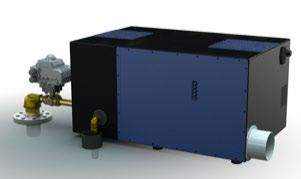
Product Details:
At Klar2O we developed a regenerative and recyclable Smart Surface Technology to filter all microplastics out of water by using molecular forces. Klar2O circular economy allows our filter media to be regenerated and used again, recycling the filtered microplastics to achieve the highest sustainability impact with Zero Waste.

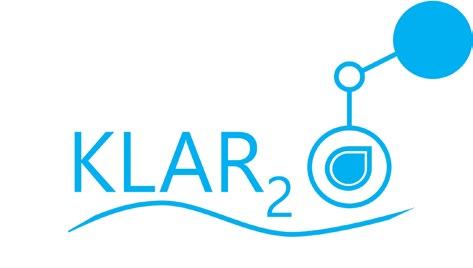
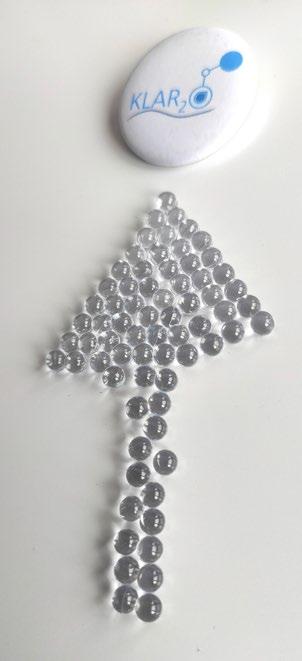
Website URL: droople.com
Product Name: Droople iLink and Water Intelligence Platform
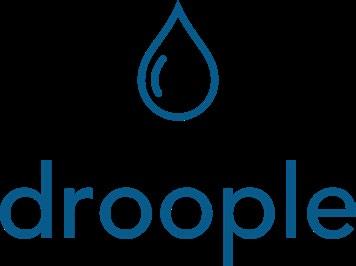
Product Details:
Our IoT/AI-based systems accurately measure and analyze water usage data at any point of use, allowing users to monitor them, predict maintenance and enable water and energy savings. Our solutions are tailored and designed for water intensive industry sectors, optimizing water usage to save both costs and the planet.
Website URL: 2swater.com

Product Name: AquaValid
Product Details:
Detecting metal contamination in water in real time. Allowing the data to be available to SCADA systems to allow water treatment to react to real time changes in the source water.
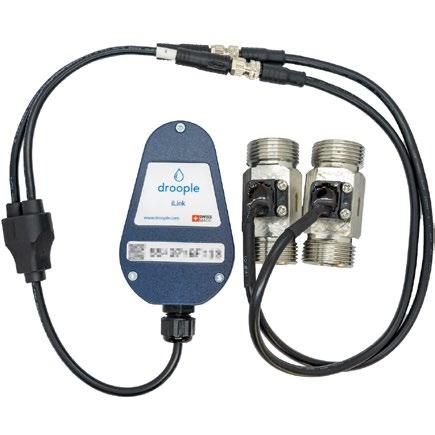

Website URL: shayp.com
Product Name: 2ZERO
Product Details:
2ZERO is Shayp’s flagship product that is an ai-powered water efficiency technology for buildings and helps detect customer-side leakages. Shayp offers a solution for large real estate owners, property managers and also water utilities, which can distribute this technology to their end-users.


Website URL ide-tech.com
Product Name: MAXH2O Desalter
Product Details:
The MAXH2O Desalter is a reverse osmosis system with an integrated salt precipitation cycle, allowing continuous cycles through the RO system until maximum mechanical brine osmotic pressure is reached. The MAXH2O Desalter helps businesses reduce water treatment operational costs, increase water recovery and meet industrial water disposal regulations in full.
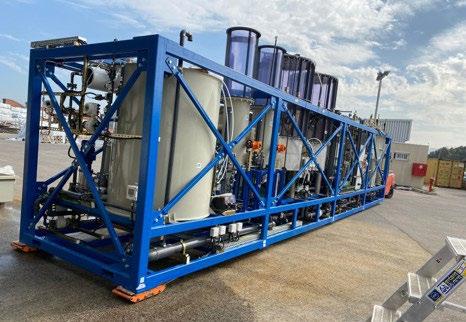

Website URL: onekawater.com
Product Name: Iceberg wave-powered desalination buoy from Oneka Technologies

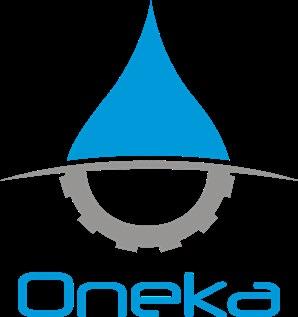
Product Details:
The Iceberg buoy serves small coastal communities and industries facing water shortages. Oneka’s projects are scalable and consist of several Iceberg buoys, each supplying up to 50,000L of water per day. These buoys emit no GHGs, require no land space and operate in synergy with marine environments.
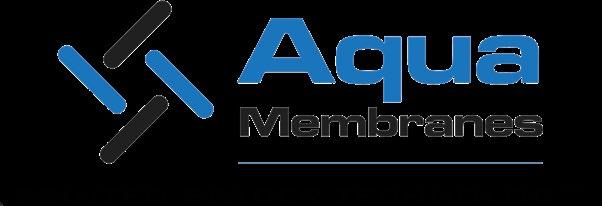
Website URL: aquamembranes.com
Product Name: ConZerv
Product Details:
ConZerv is a next generation product that provides exceptional energy savings and system productivity using Patented Printed Spacer Technology®. Whether you want to optimize your existing system or switch RO elements for a new system, use ConZerv to take any system into the next generation reverse osmosis technology.

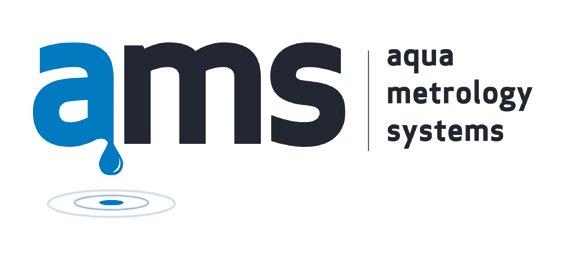
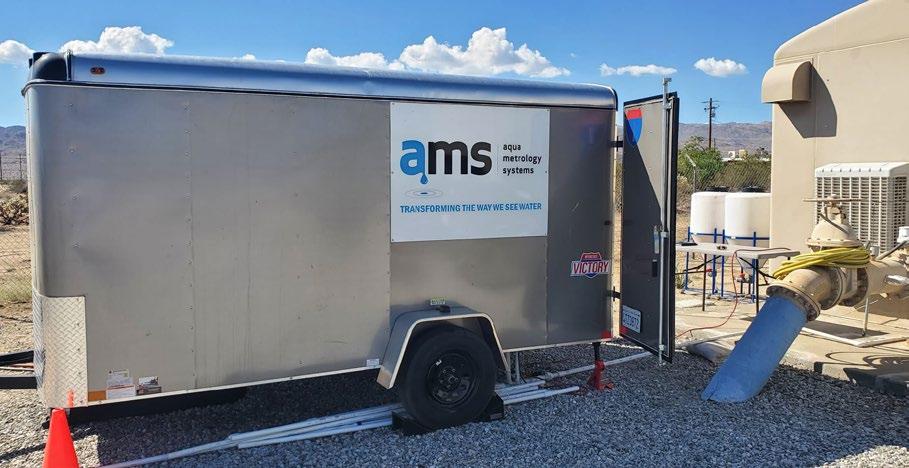
Website URL: aquametrologysystems
Product Name: SafeGuard™ H2O
Product Details:
SafeGuard™ H2O, a fully automated system generating a ferrous/stannous based water treatment reagent on-site and on demand. The system also features real-time online monitoring of contaminant levels to optimize treatment and ensure compliance. Designed to remove a range of heavy metals and nutrients, SafeGuard™ H2O removes contaminants with high efficiency.
Website URL: ovarro.com

Product Name: Enigma
Product Details:
Enigma is the best in class correlating noise logger. Deployed using our EnigmaGO app to listen overnight, the data is automatically analysed in our Atrium cloud platform to accurately pin-point the location of a leak in the pipe network.
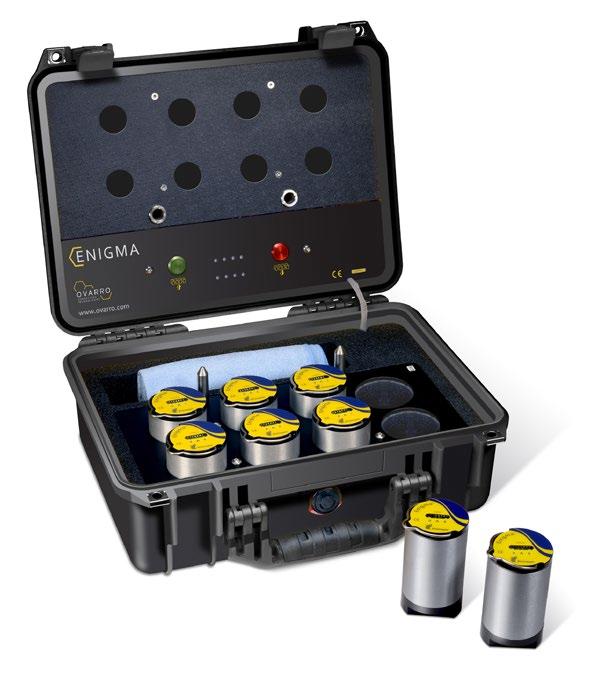
Website URL: aquaticinformatics.com

Product Name: Rio
Product Details:
This cloud-based software solution automates daily workflows for water and wastewater utilities making operations and compliance easier. By integrating data sources like SCADA, LIMS, process, field, and more, operators can streamline workflows and reduce manual entry. Rio’s calculation validation engine generates reliable, accurate reports for regulatory requirements and internal operations.
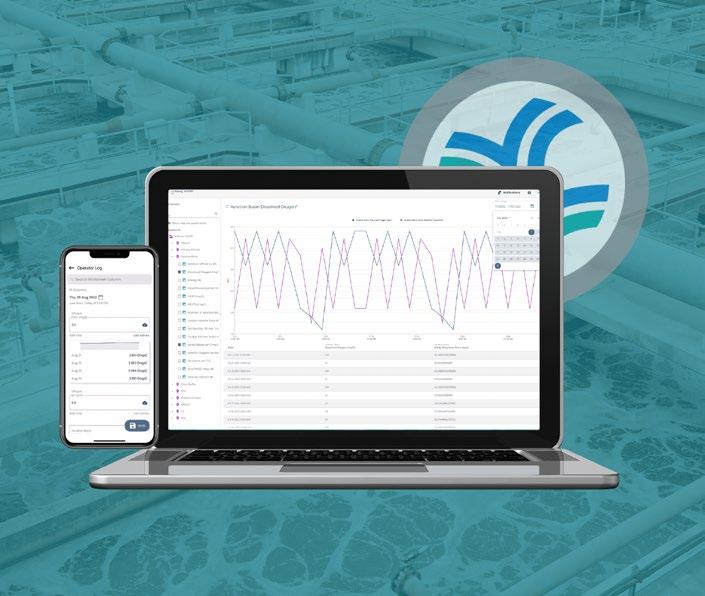
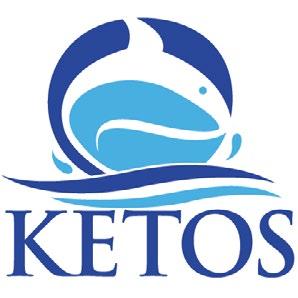
Website URL: ketos.co
Product Name: KETOS SHIELD
Product Details:
KETOS is a fully integrated water quality monitoring solution that provides lab-accurate, real-time water quality data. Operators can remotely monitor 30+ water quality parameters, including heavy metals, and ensure that water used in industrial, municipal, and indoor applications meets specific compliance, safety, and sustainability standards.
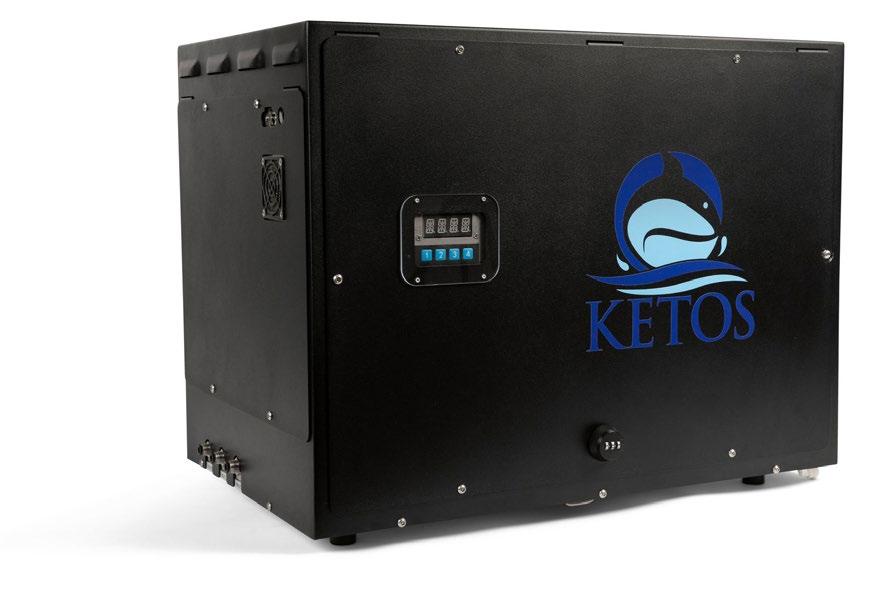
Website URL: hpnow.eu
Product Name: HPGen
Product Details:
HPNow’s proprietary, IP protected technology enables highefficiency, safe, direct electrochemical synthesis of high-purity hydrogen peroxide from only water, electricity and air. Using only benign water and oxygen as inputs, HPGen produces pure, safe, low concentration hydrogen peroxide, which breaks back down to pure water and oxygen following use.
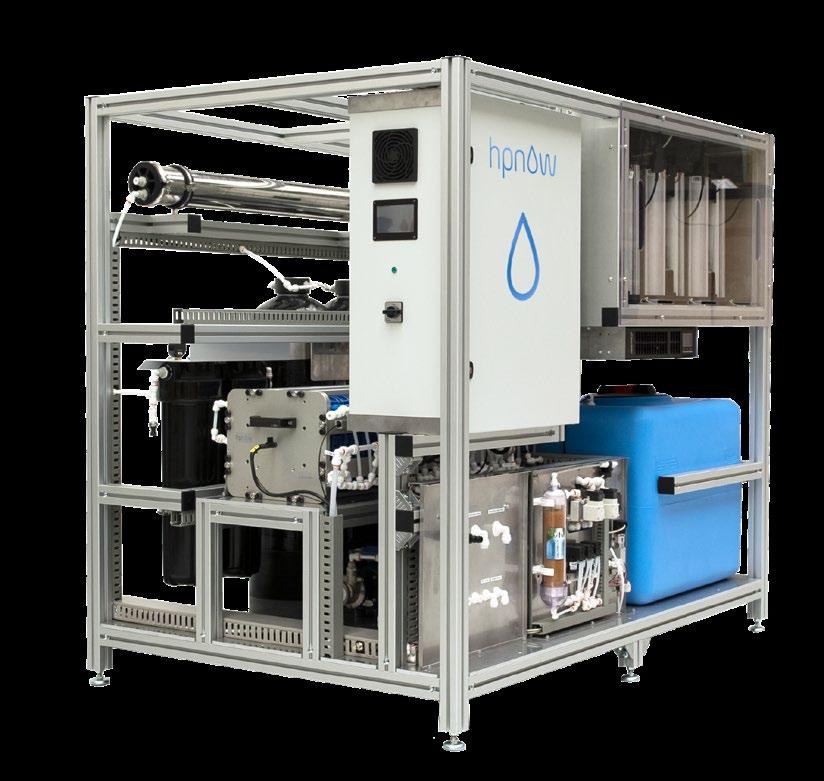
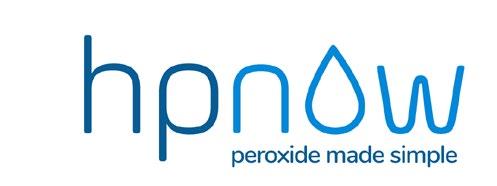
Date: 5th - 6th September 2023
Location: London, UK
The Global Leakage Summit returns to London in September, 4-6 at the Thistle Hotel (formerly Amba), Marble Arch, London, for its 13th year, bringing to delegates the usual mix of top quality UK and international water utility speakers it has become renowned for.
Date: 26th - 27th September
Location: ExCeL London
Helping accelerate the global net zero economy transition, the London Climate Technology Show is the most sought after conference & tradeshow focused on the fast developing climate technology value chain, where stakeholders from across the world of investment, government, media, entrepreneurship and academia assemble for experiencing two days of high value content and numerous new business opportunities.
Date: 27th - 28th September
Location: California, USA
A two-day event addressing the global water crisis is taking place at the Anaheim Convention Center, California, USA, on September 27th & 28th 2023.
The Future Water World Congress provides a platform for the industry to connect and engage to better understand the importance of the water crisis and to utilise the innovations to develop the water industry.

Date: 27th - 28th September
Location: California, USA
The ultimate destination for disaster and emergency response professionals is here! Discover the leading preparation, management, and recovery solutions, showcasing the latest tools, strategies, and insights among investment and global industry leaders.
Date: 30th September - 4th October, 2023
Location: Chicago, Illinois
There is no better place than WEFTEC to meet water professionals from around the world and experience first-hand the best in water quality education, leading experts, the latest technology and trends, and proven solutions.
Date: 25th - 26th October
Location: Los Angeles, USA
World Water Tech North America is a two-day event for US water utilities, engineering firms, technology pioneers, regulators and investors.

